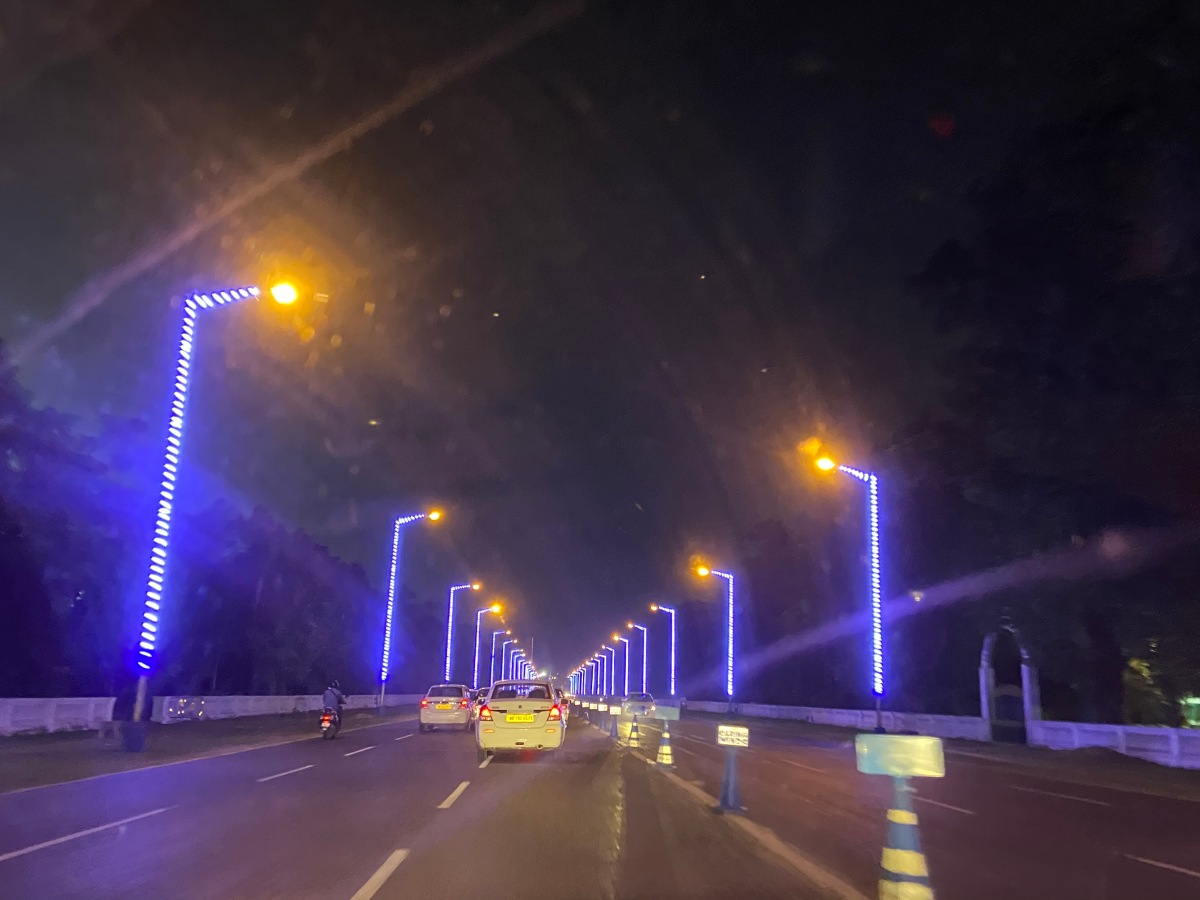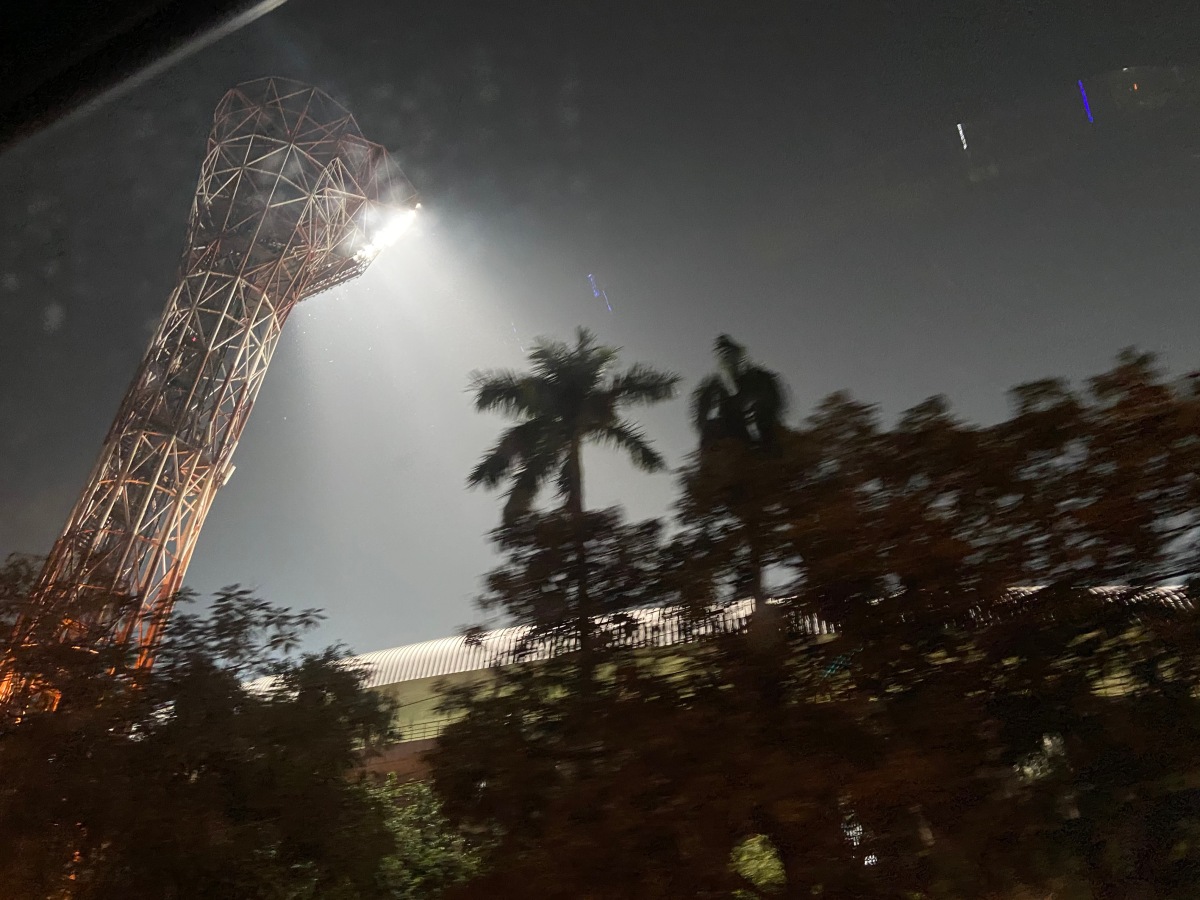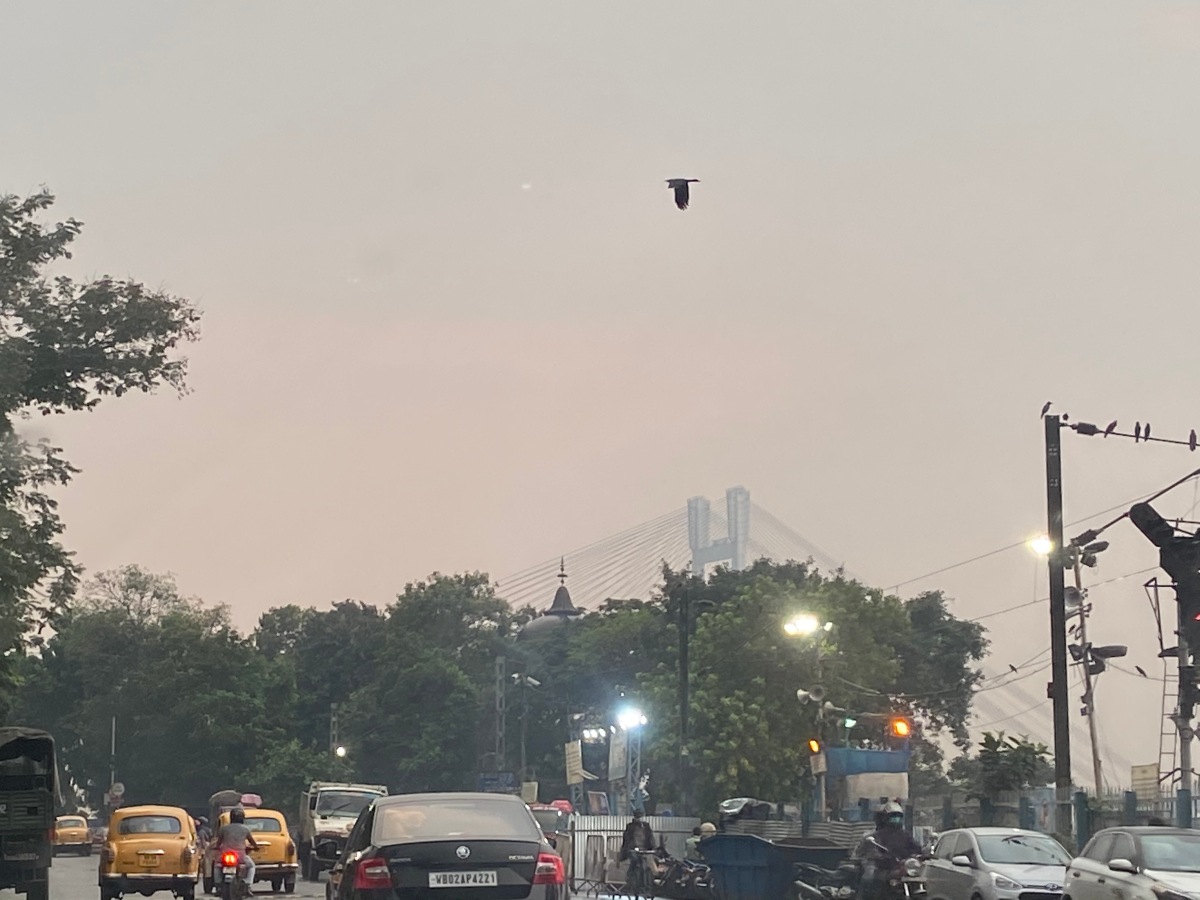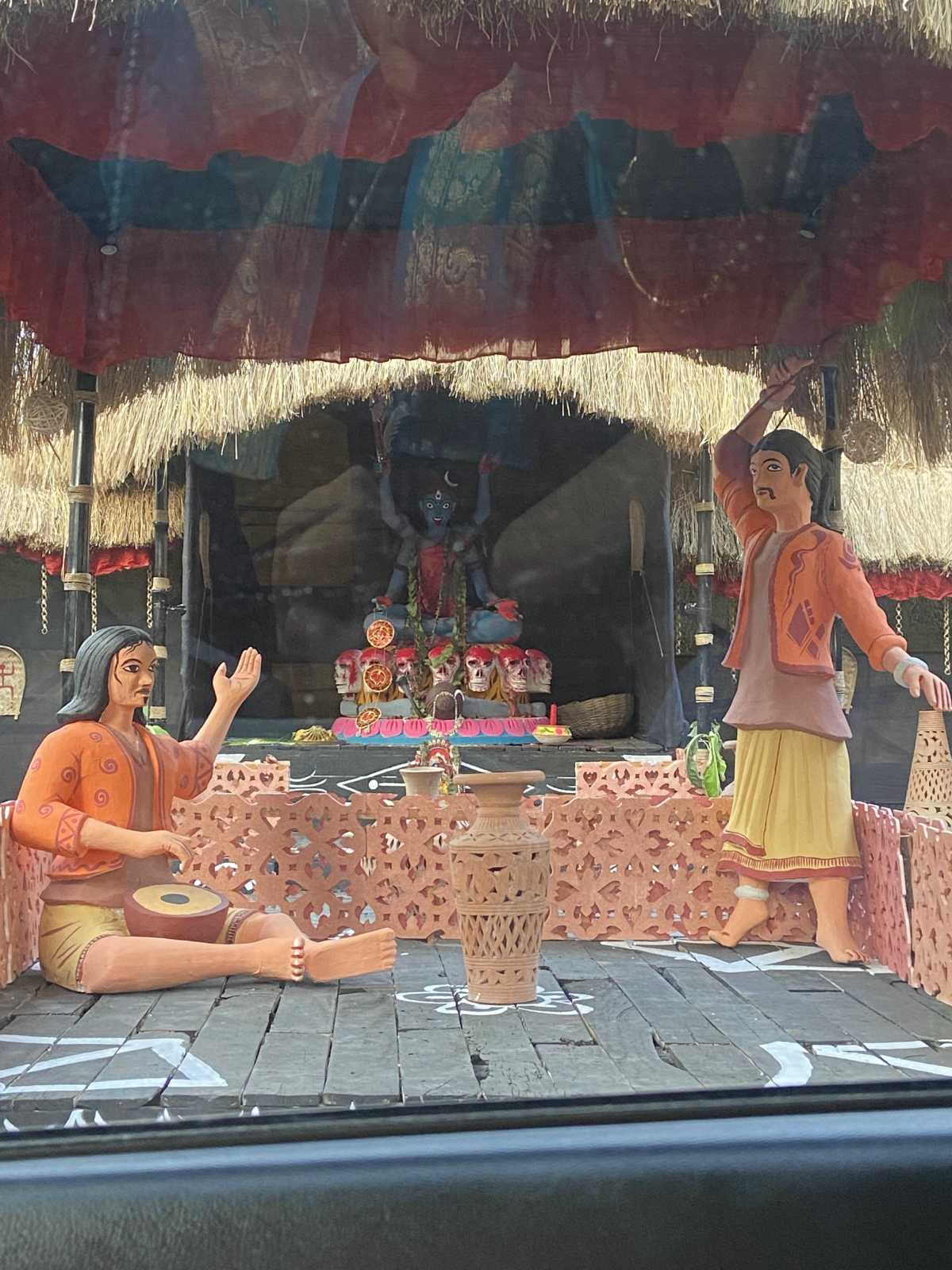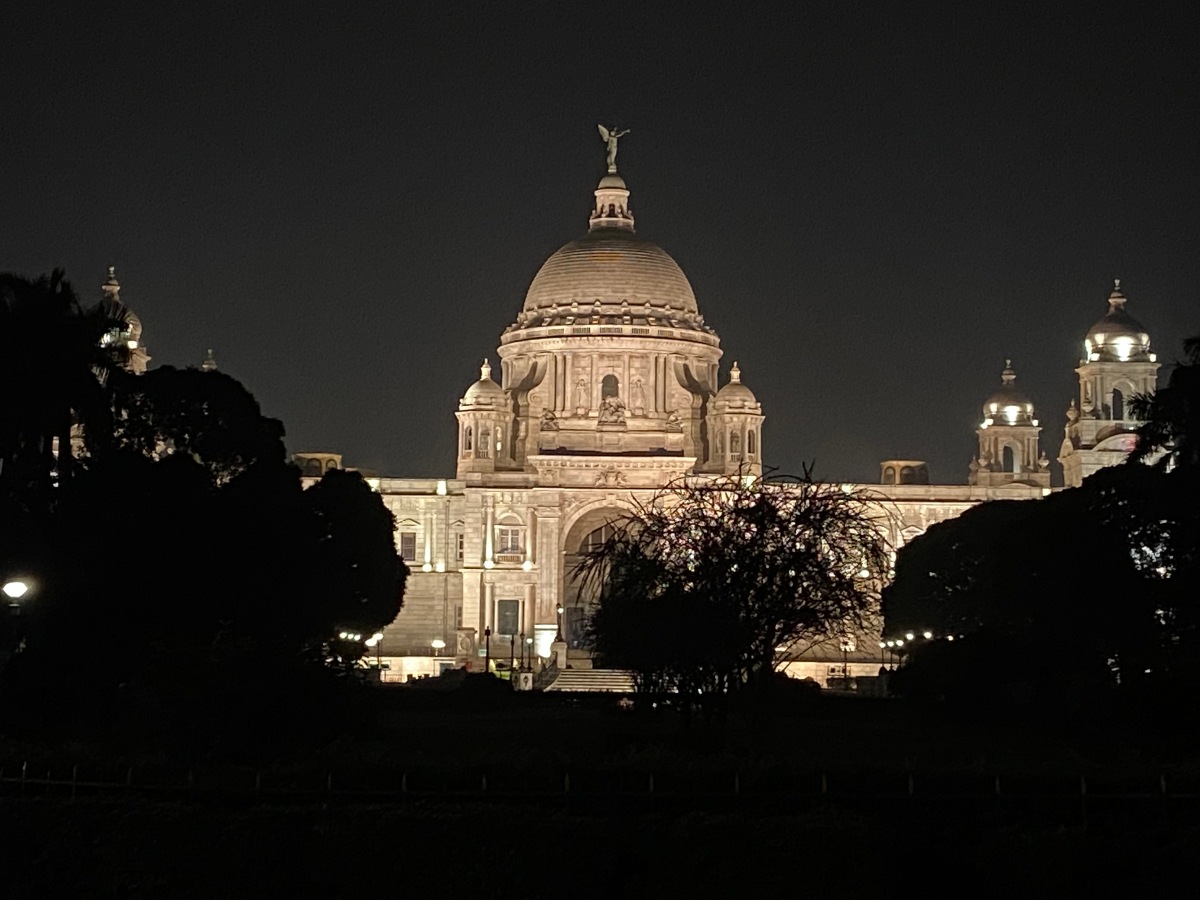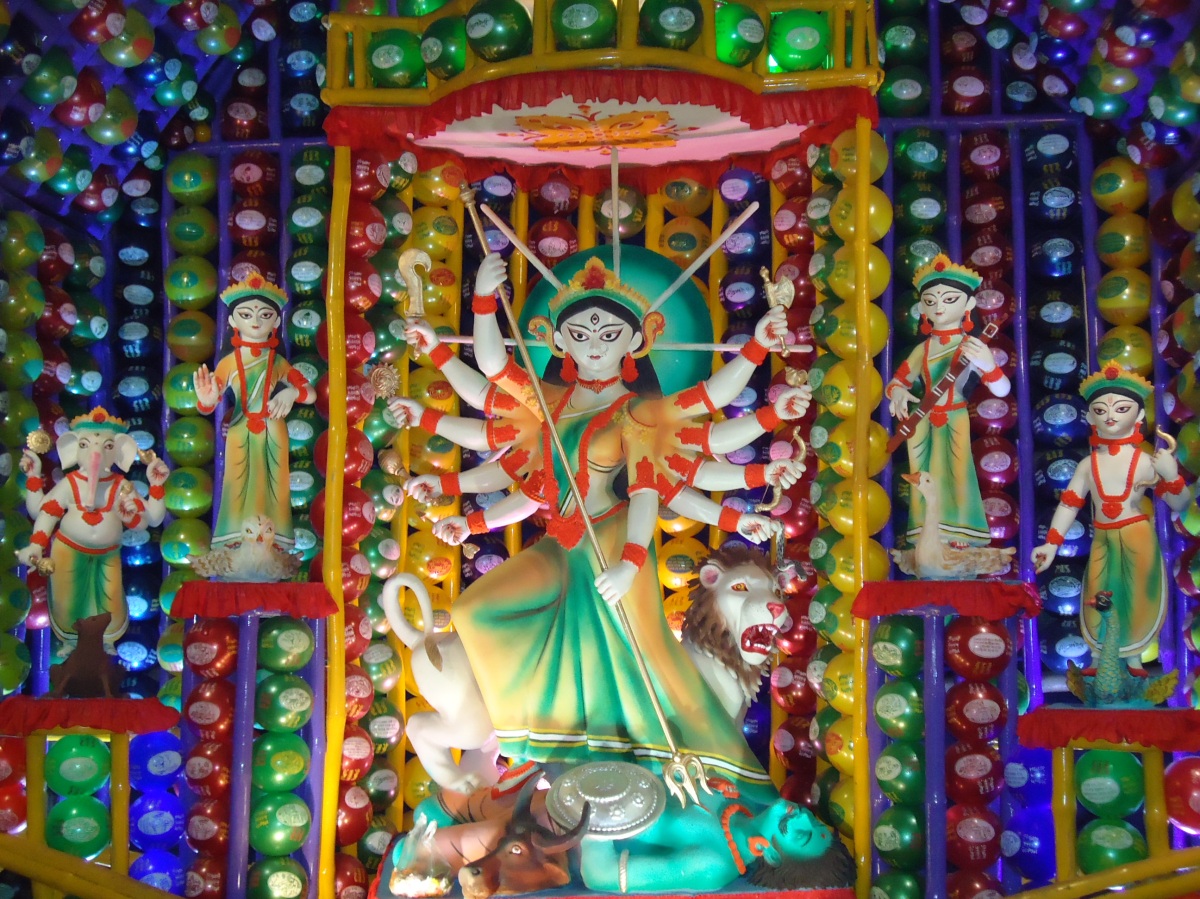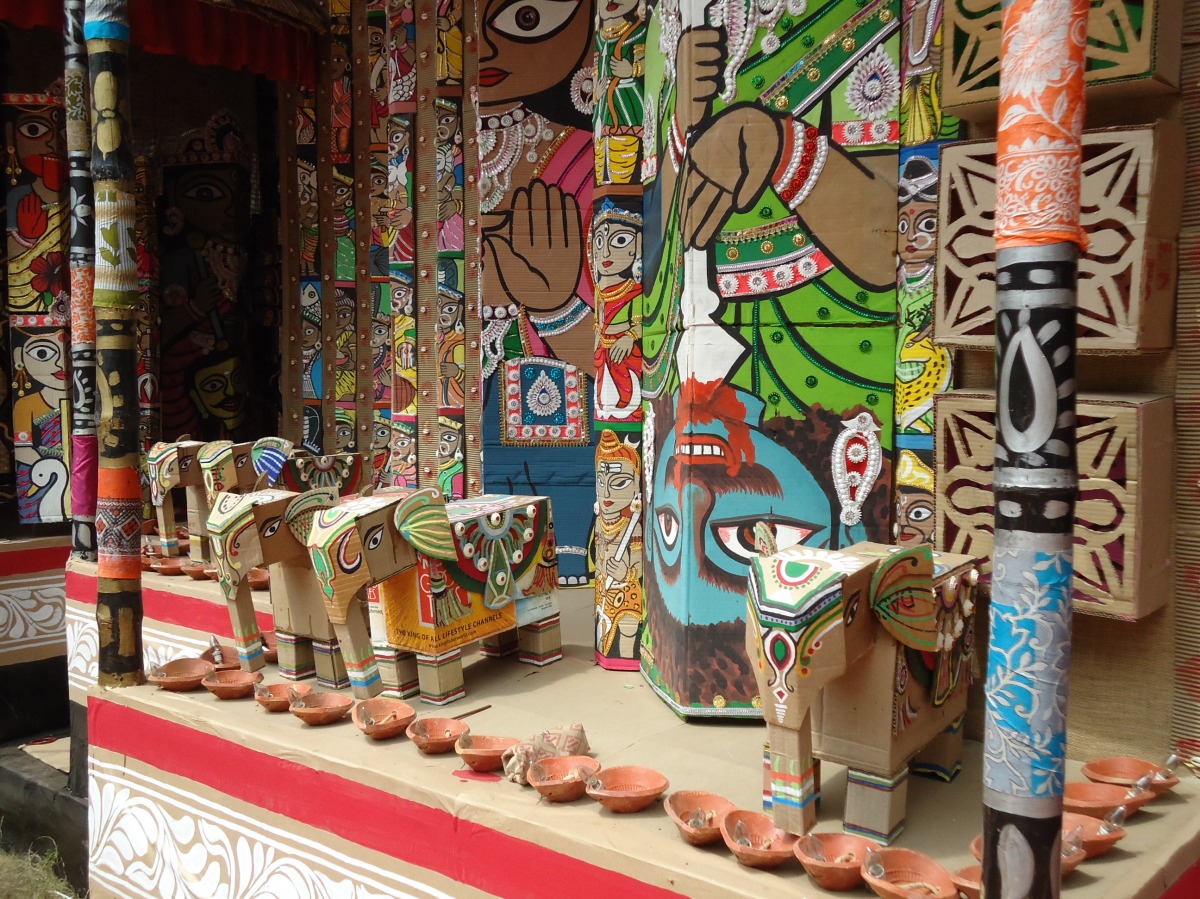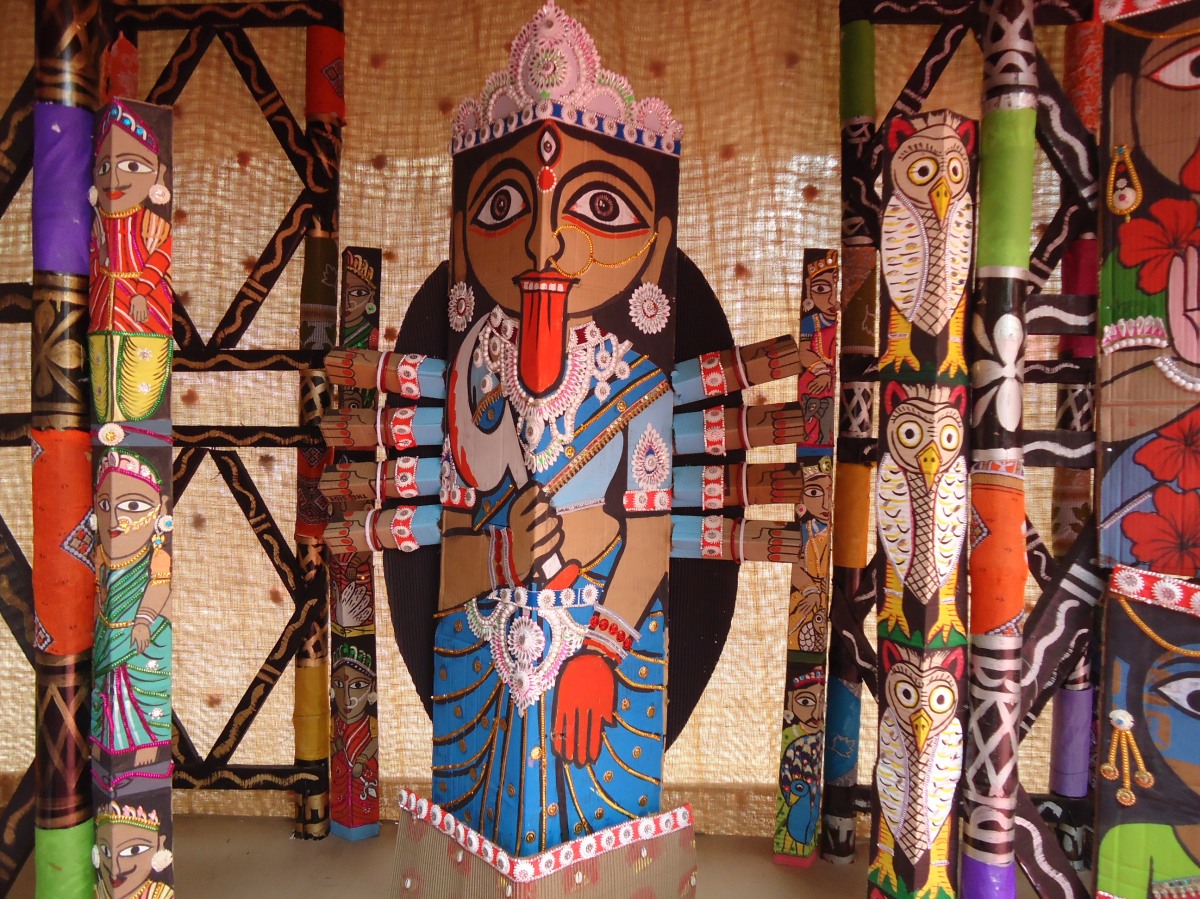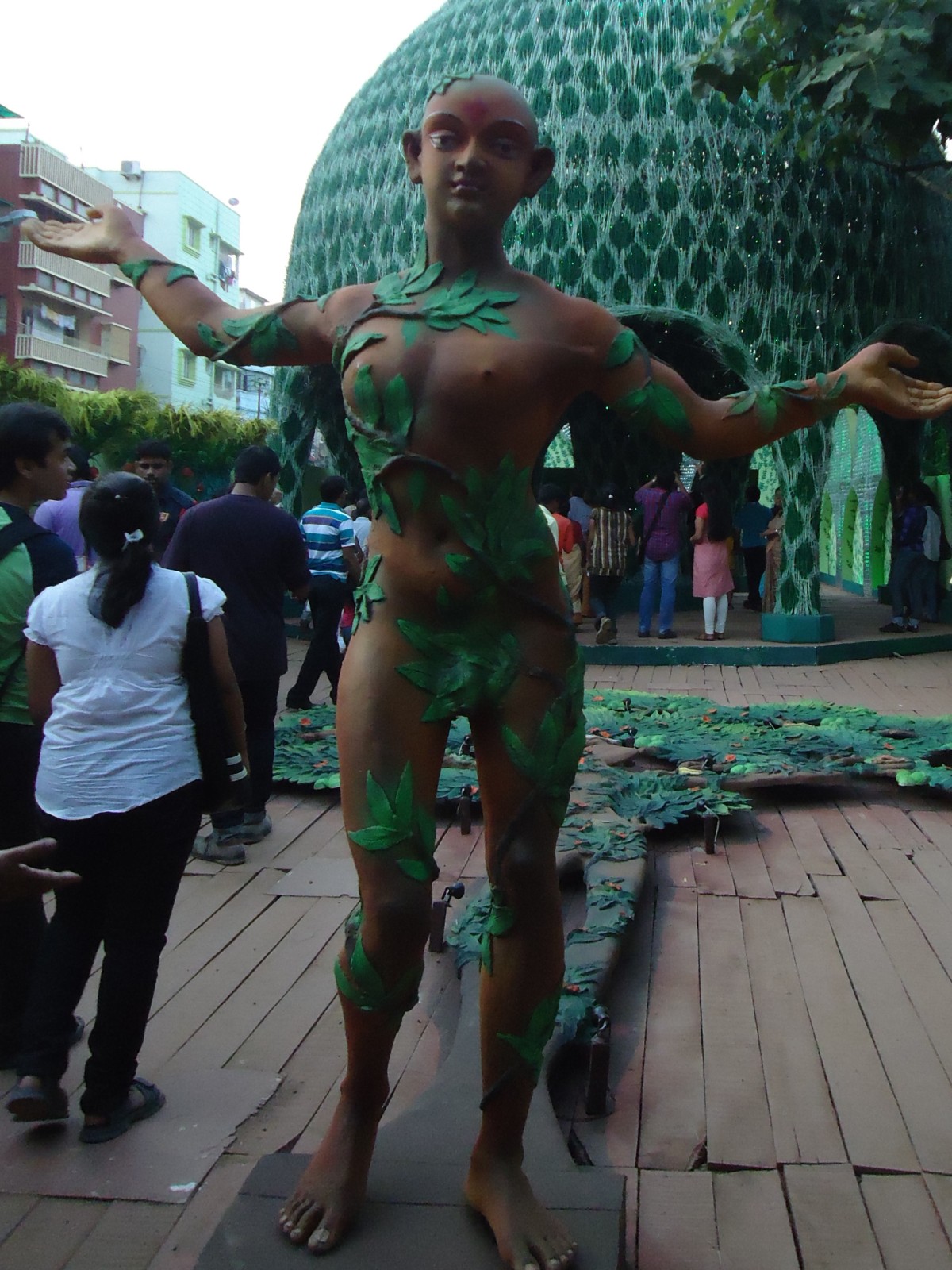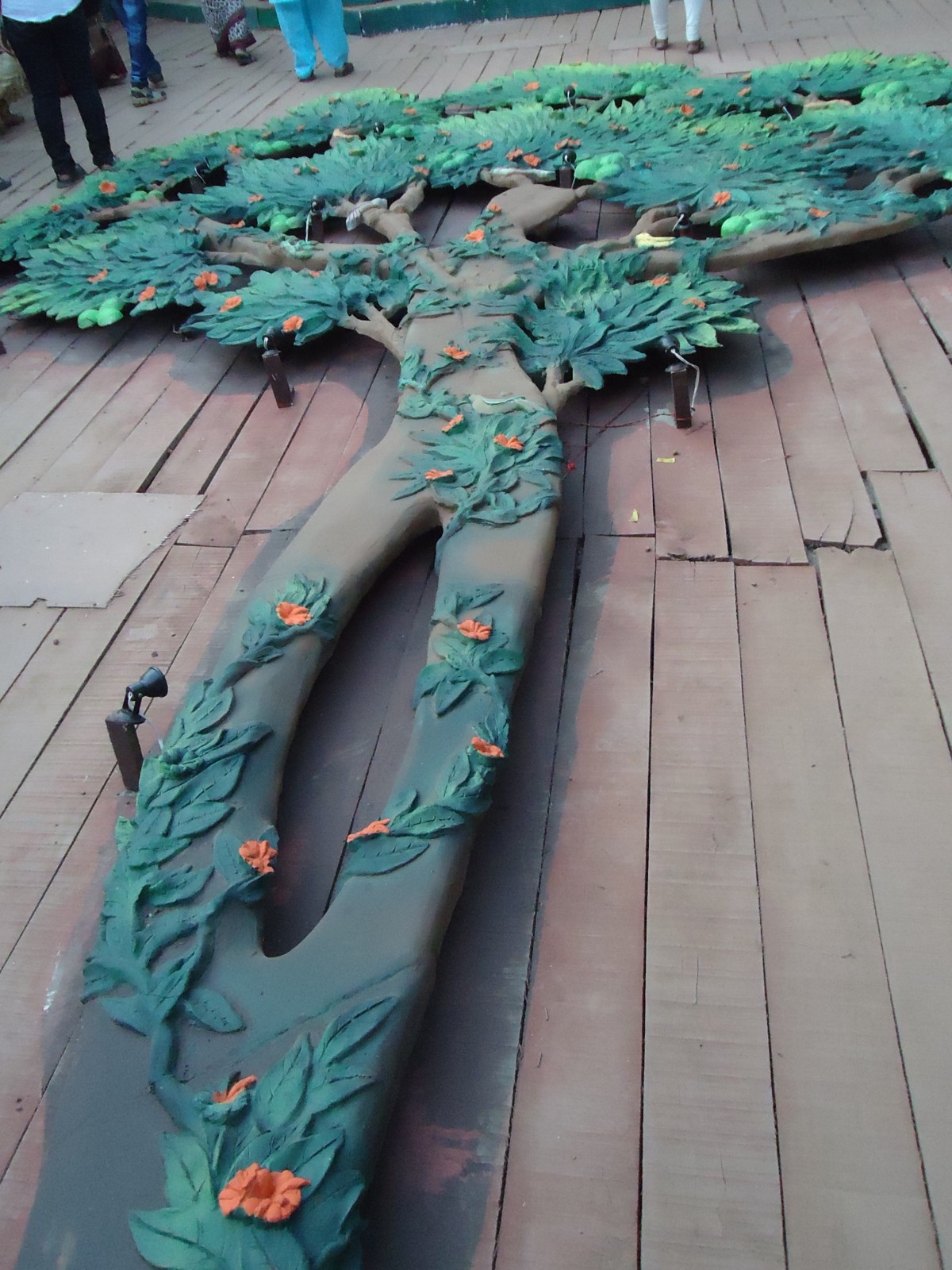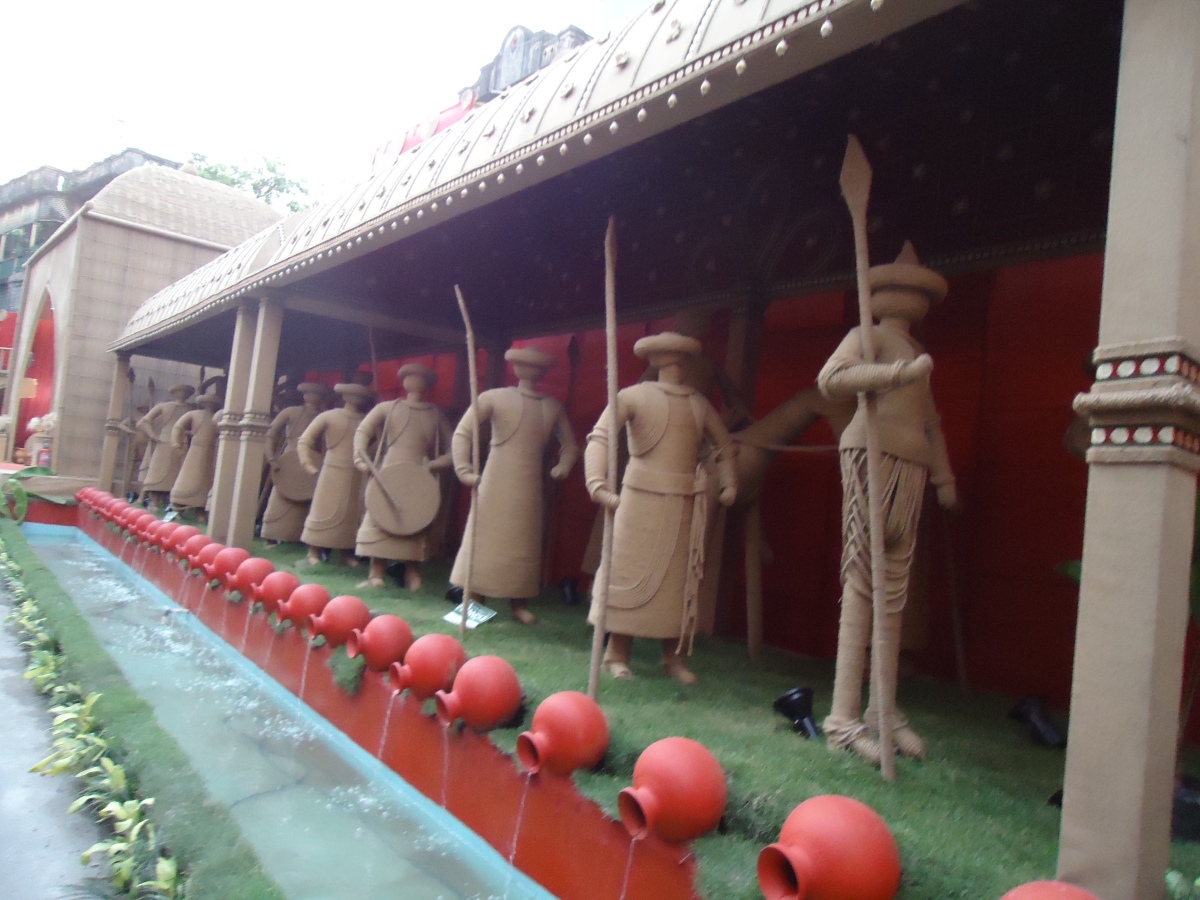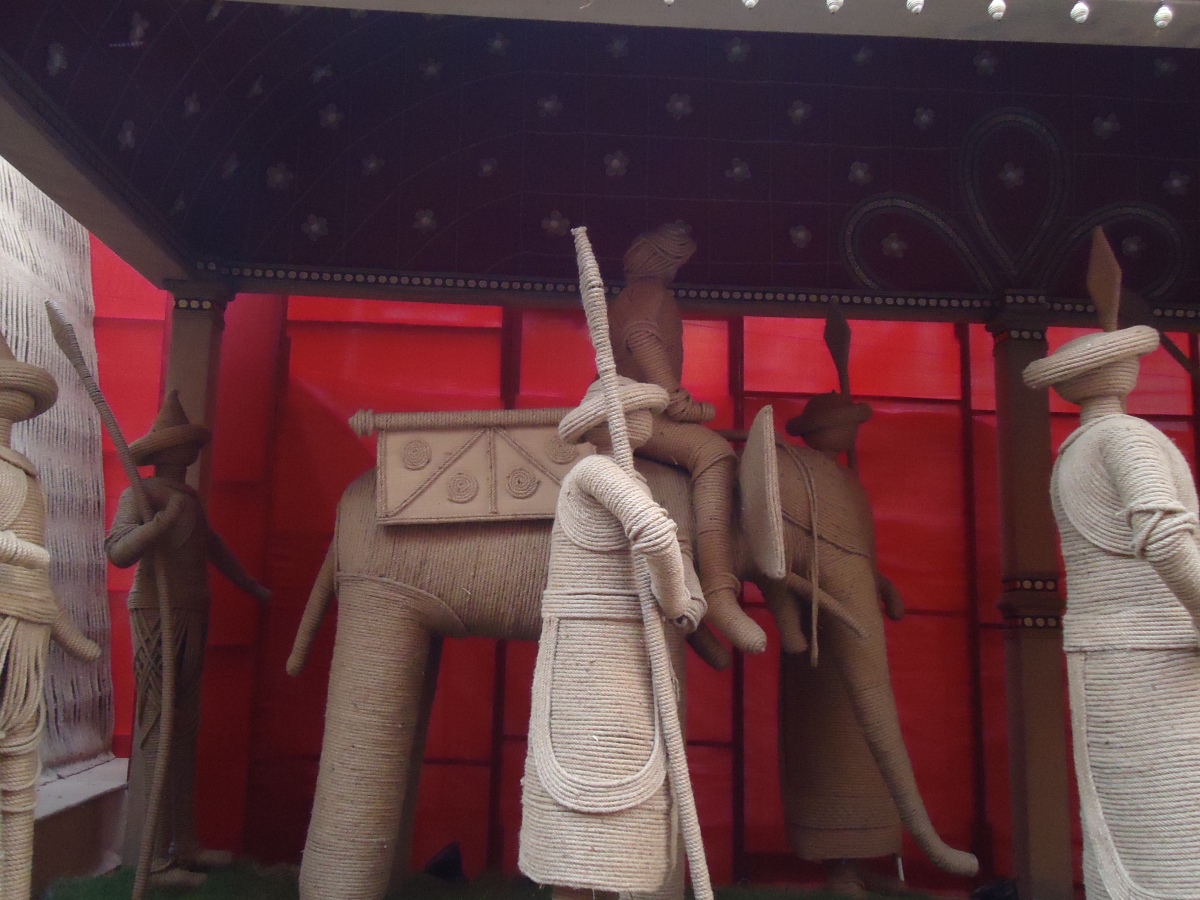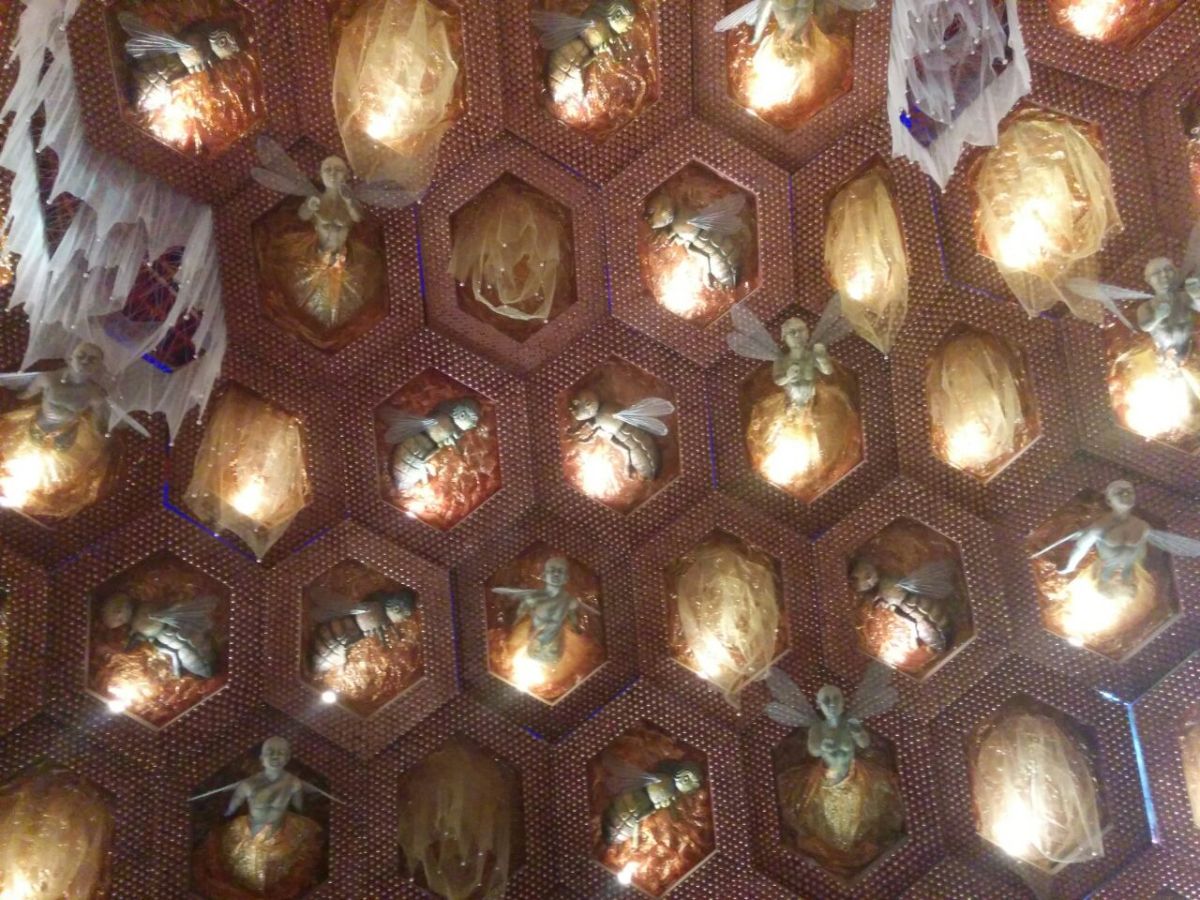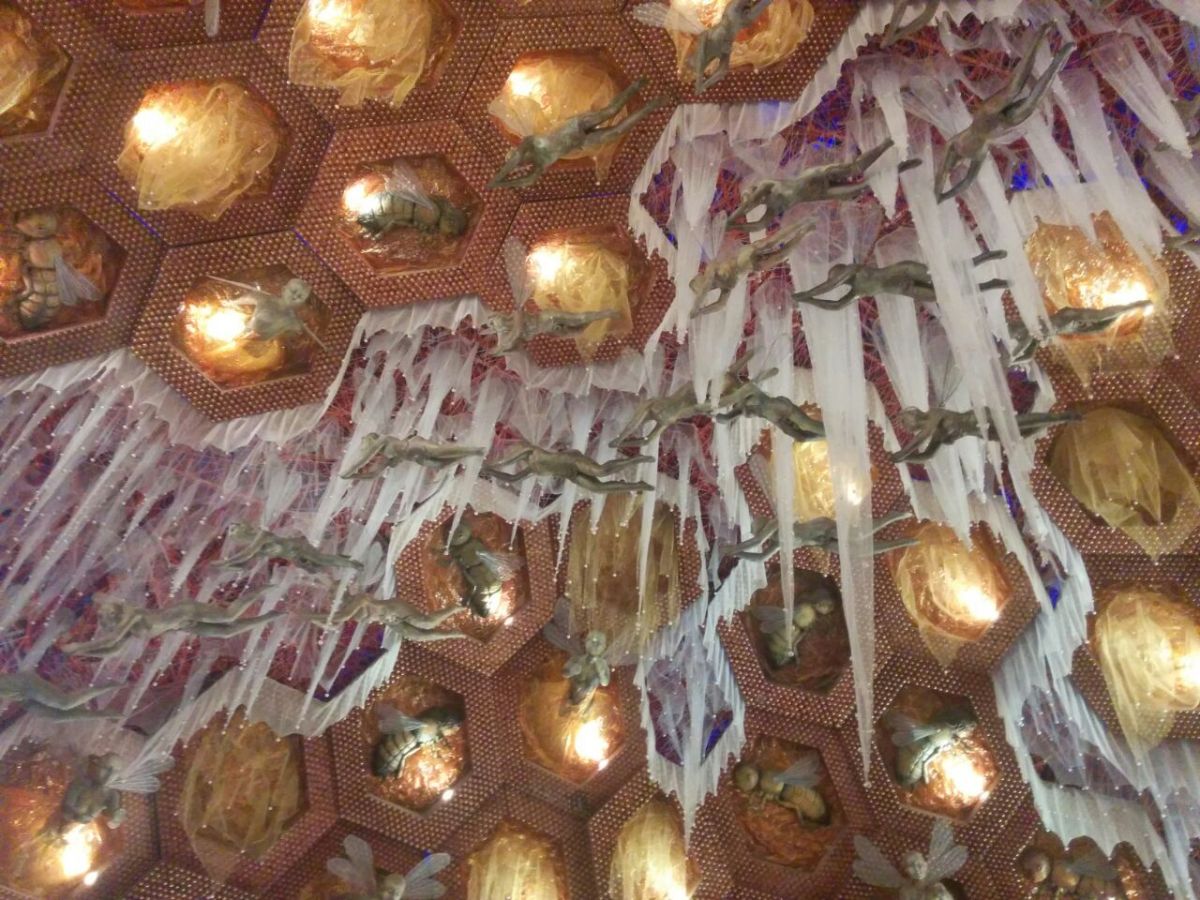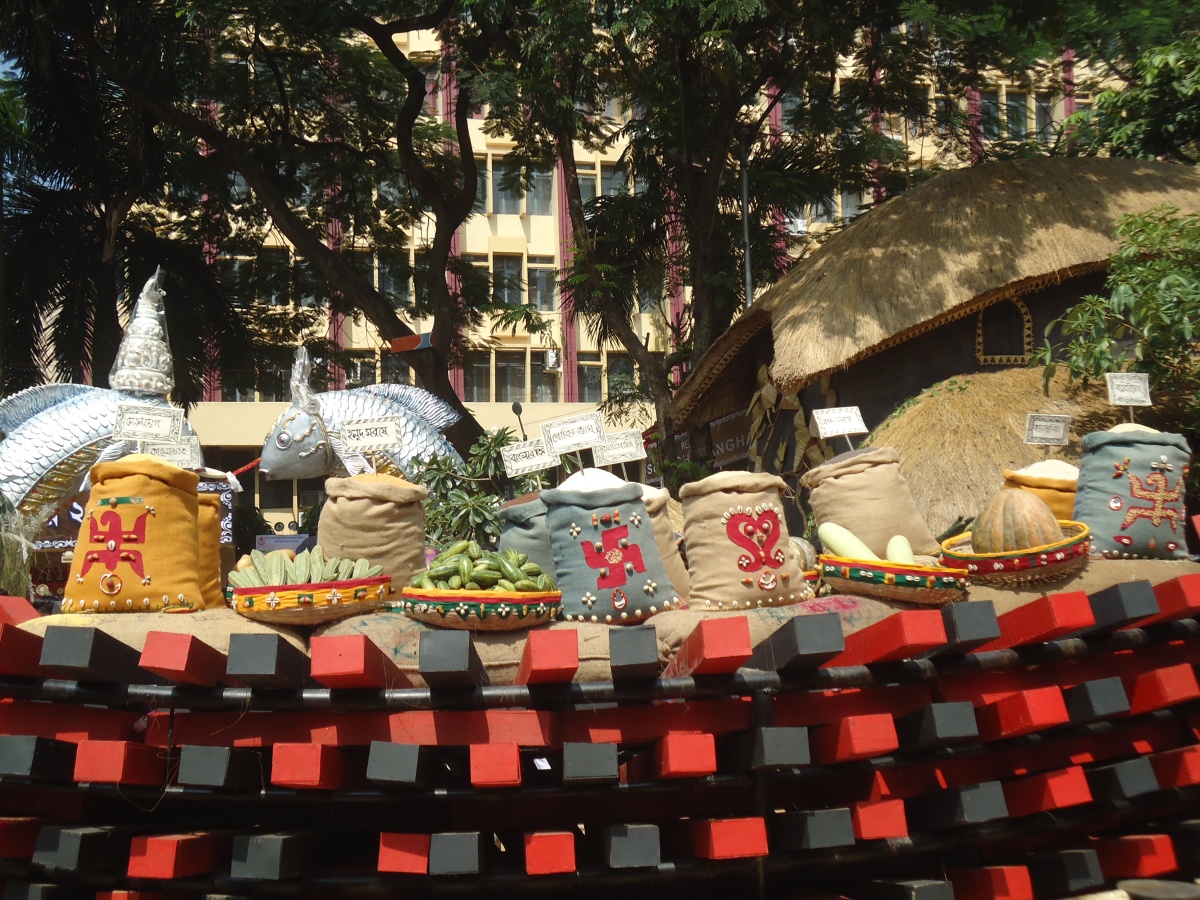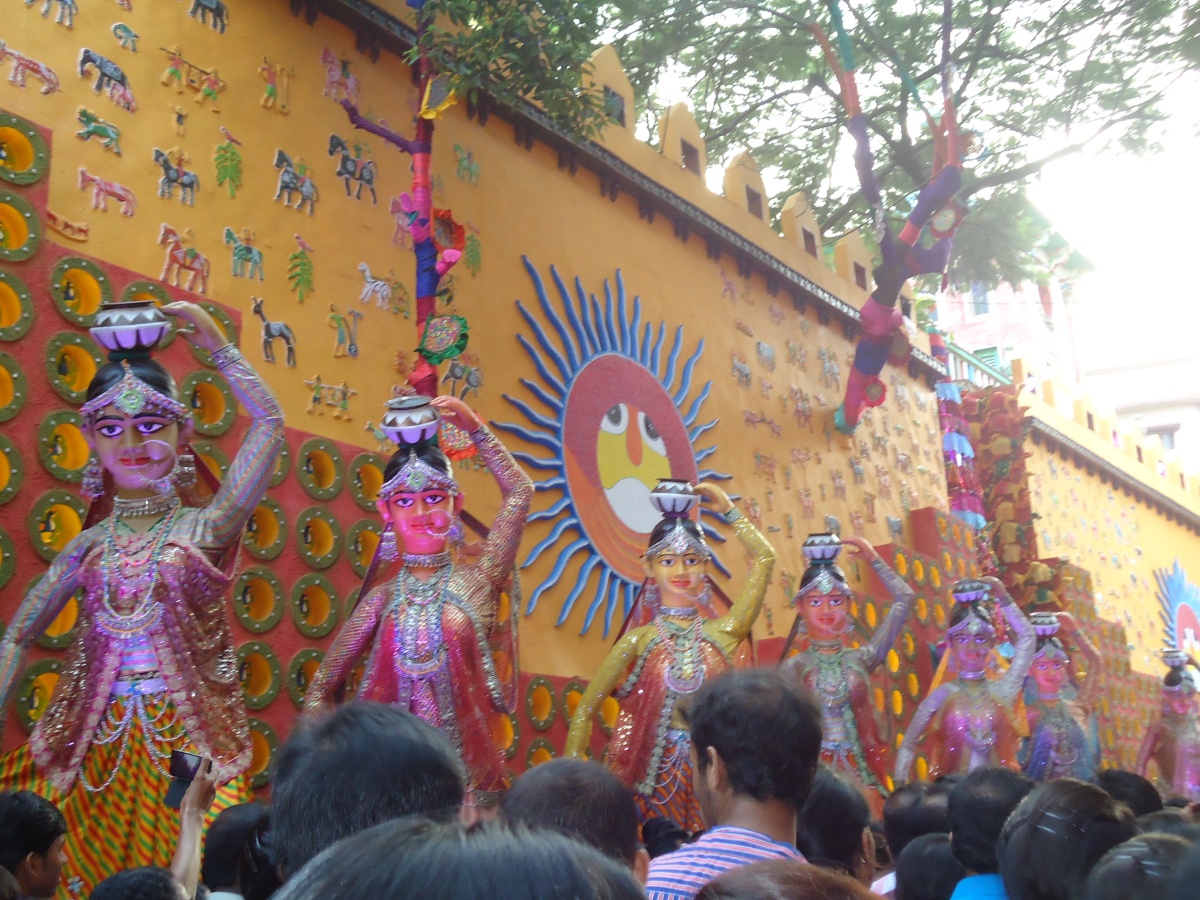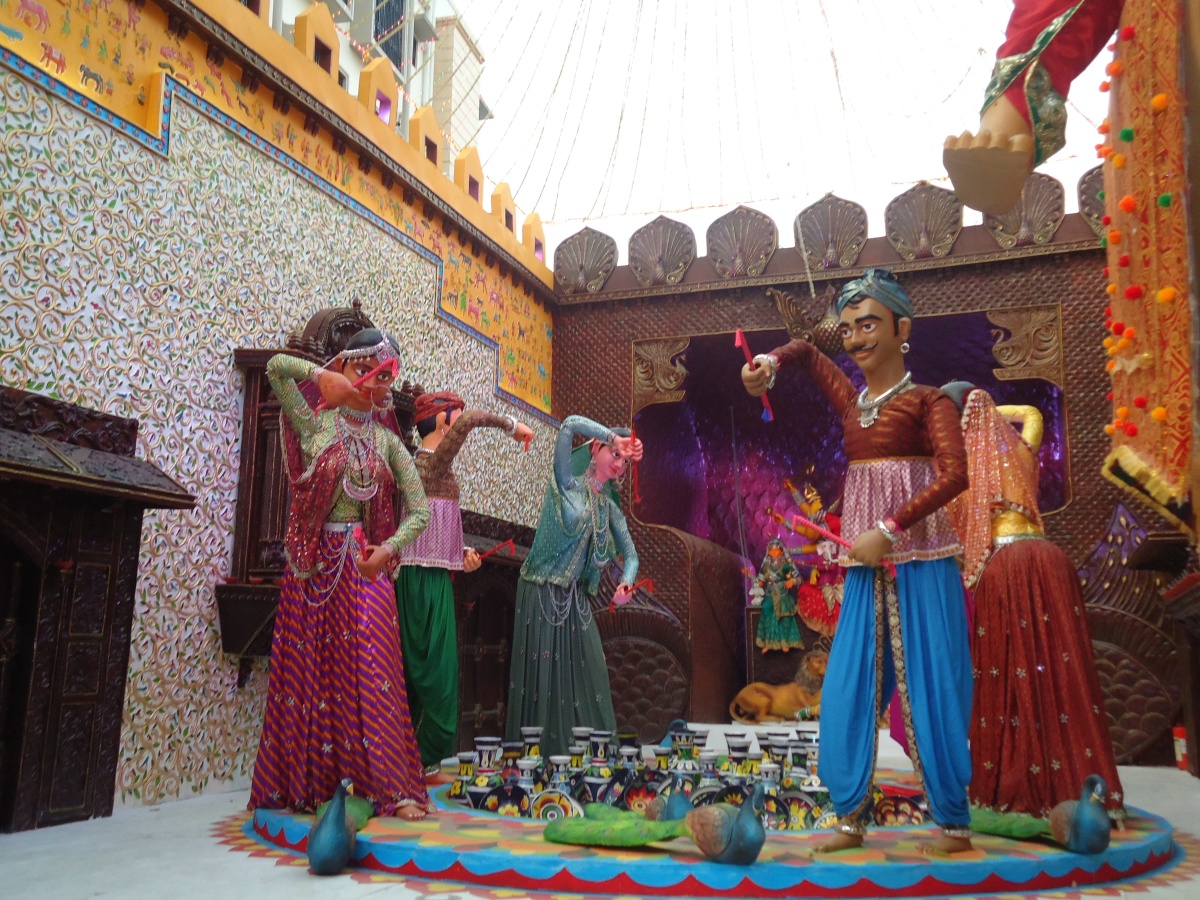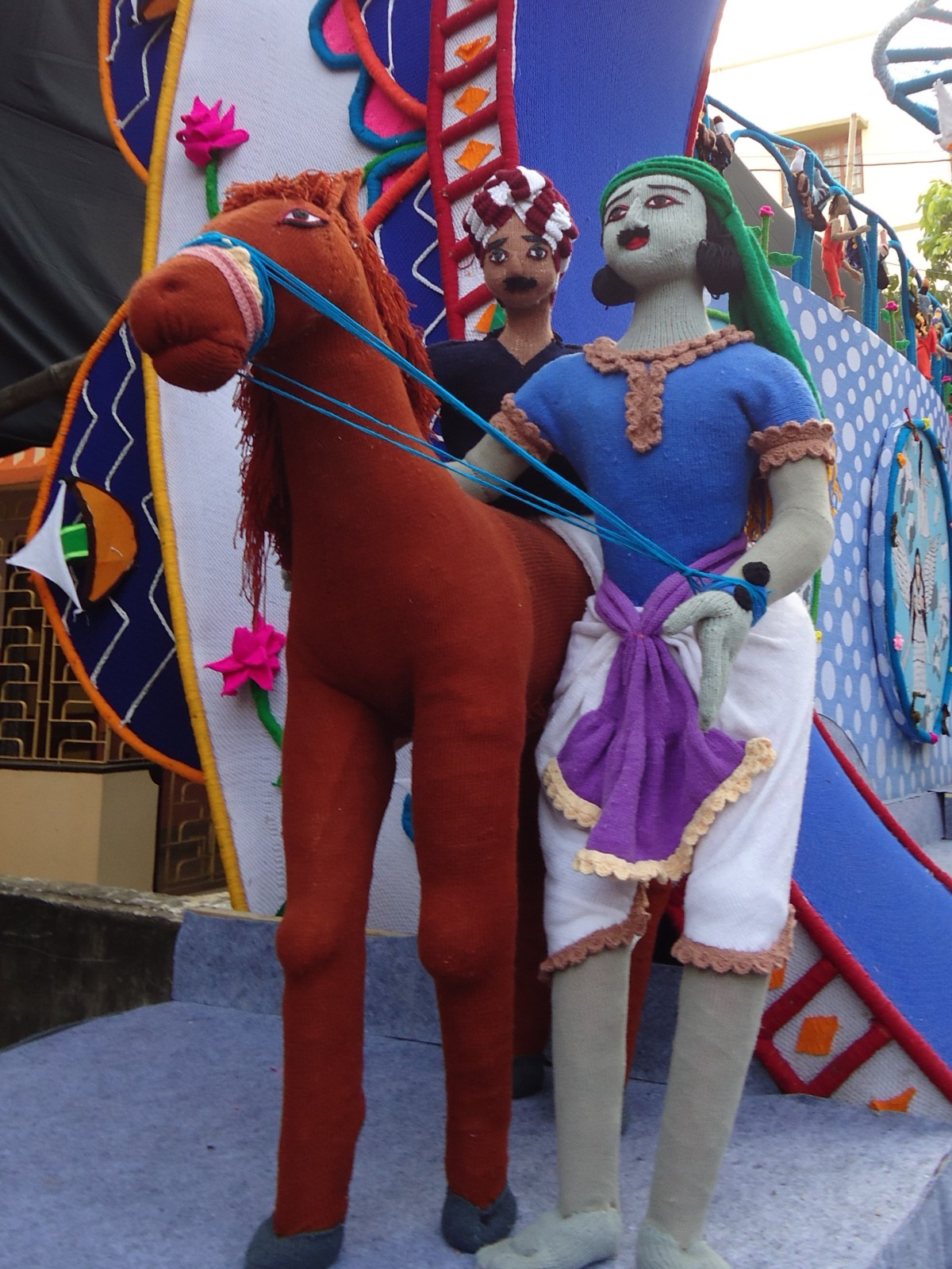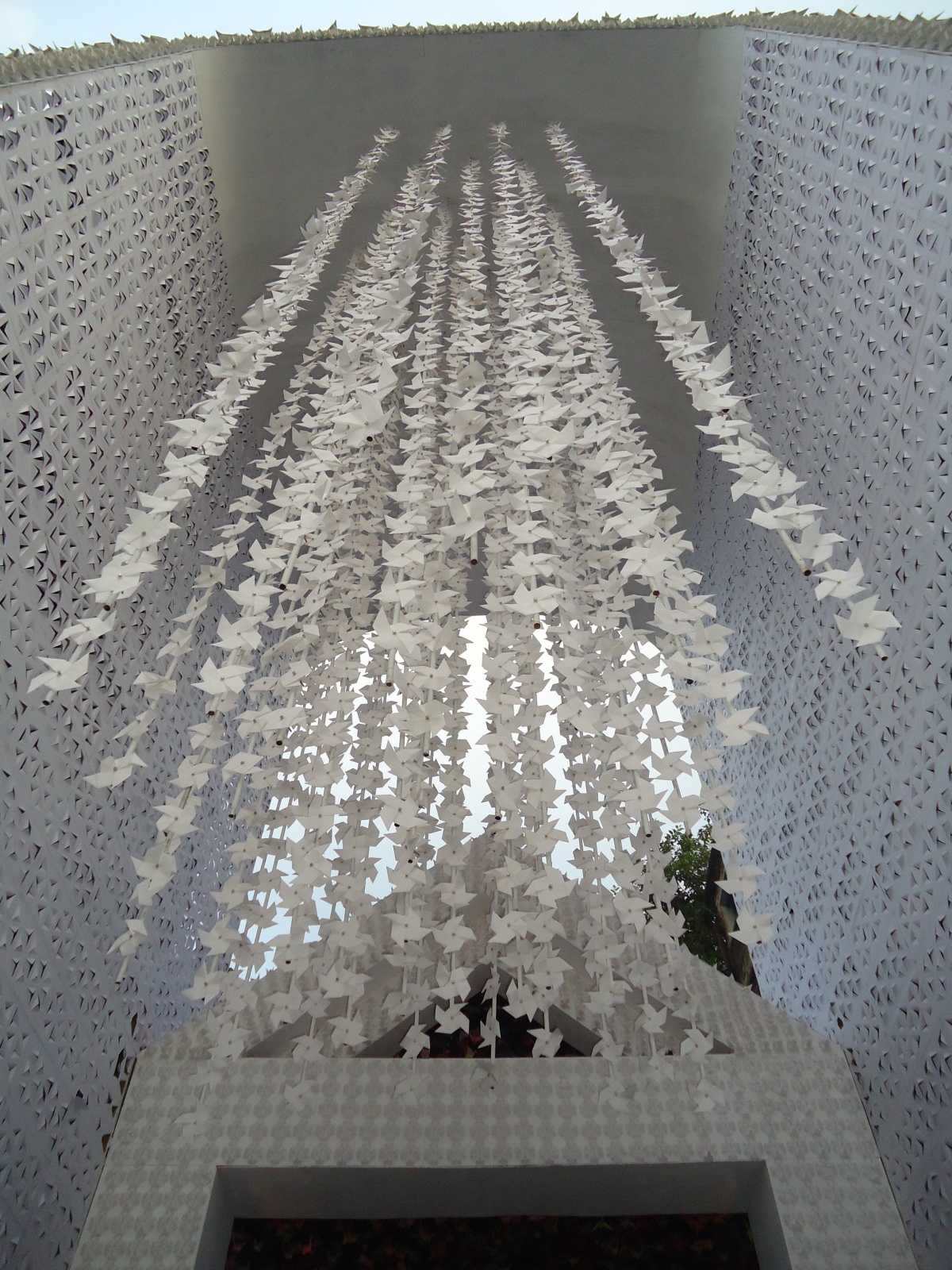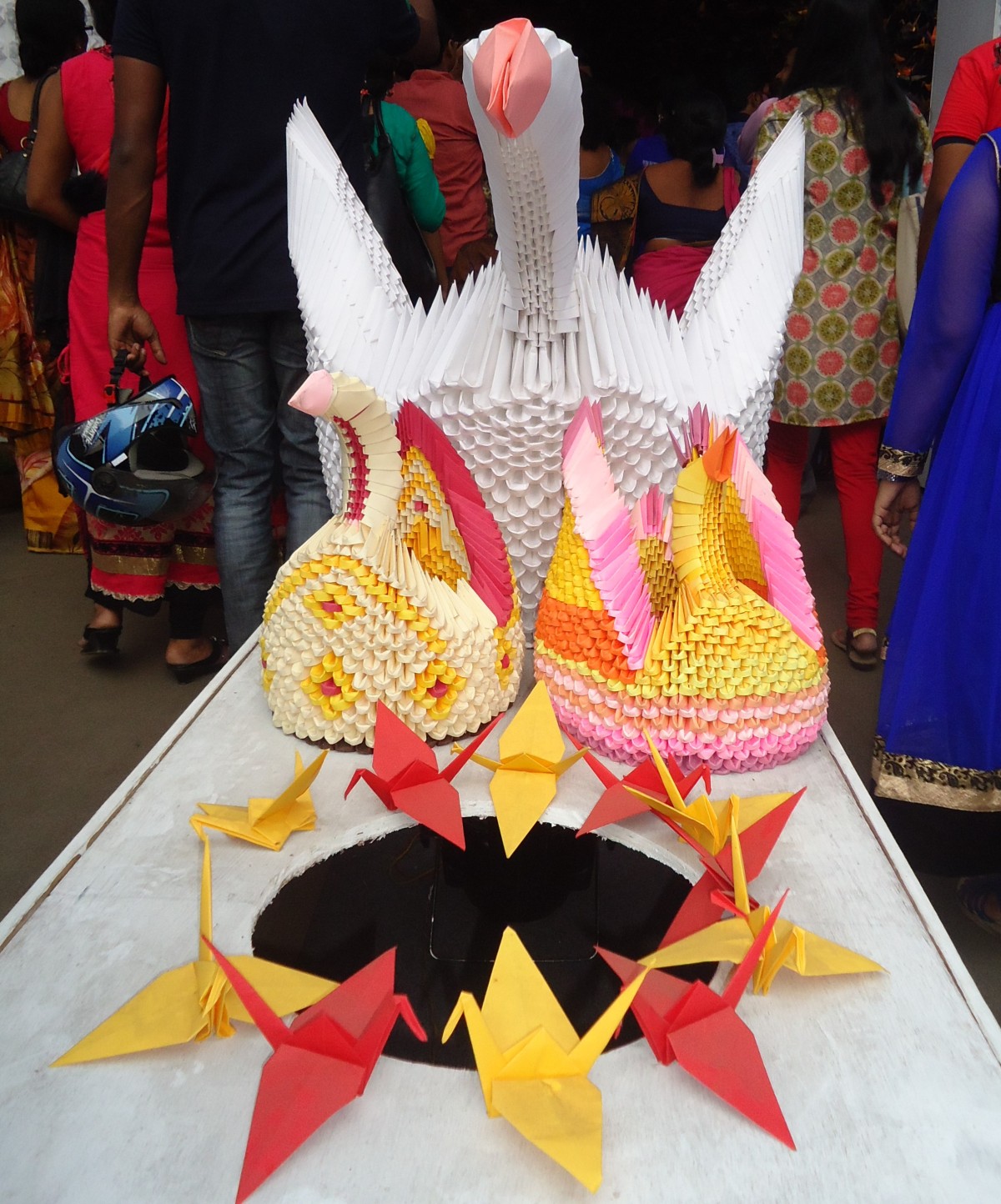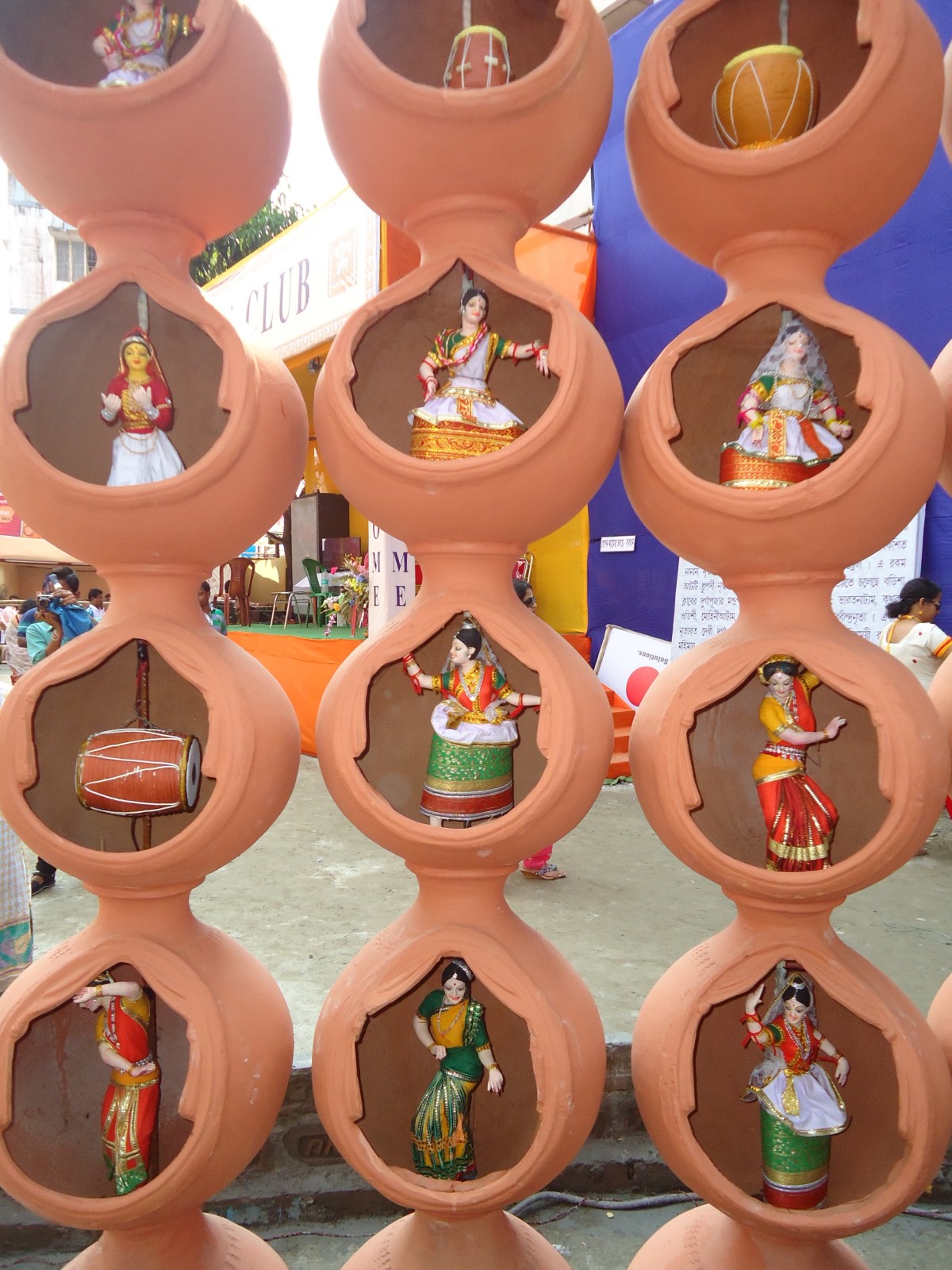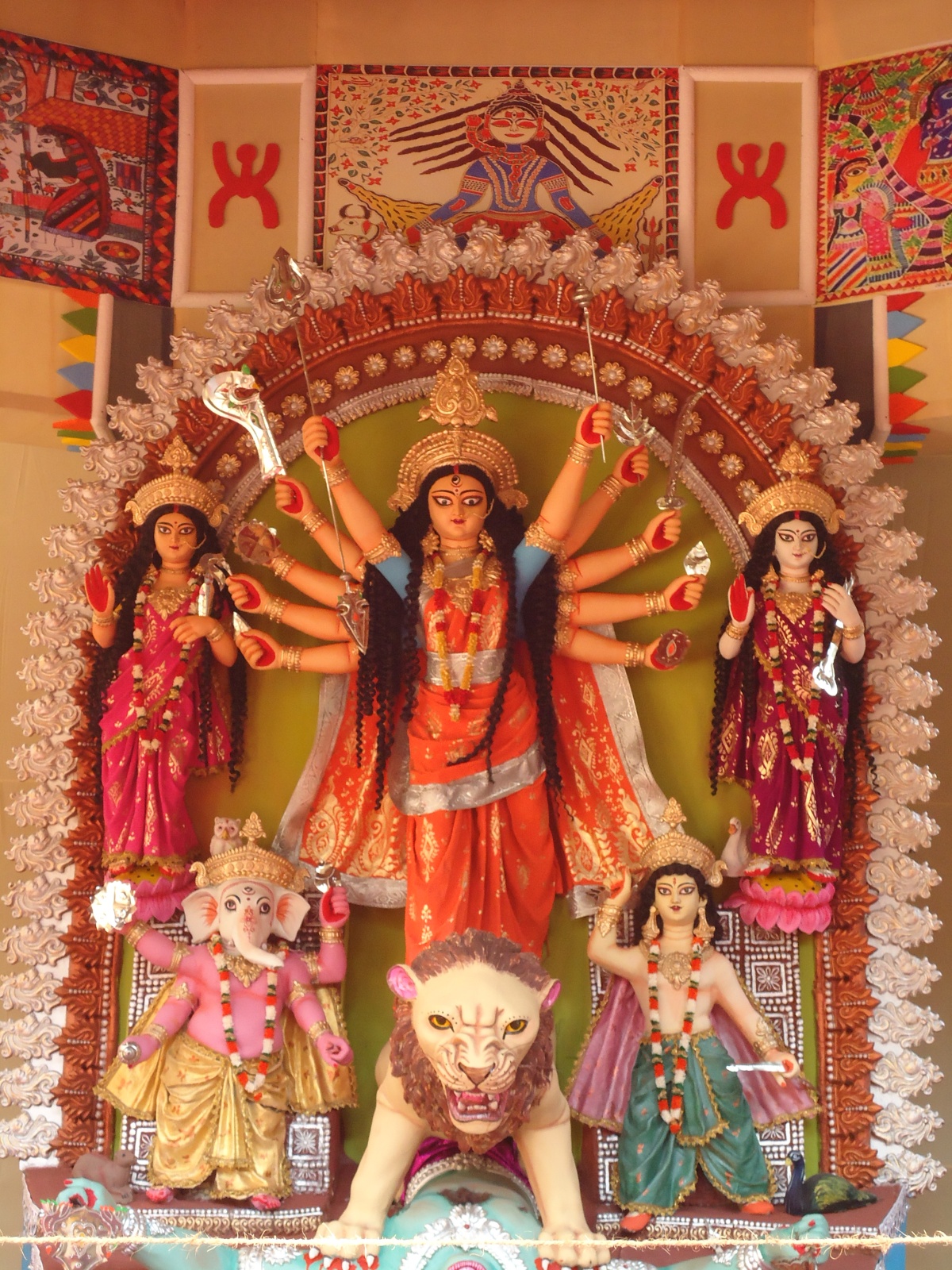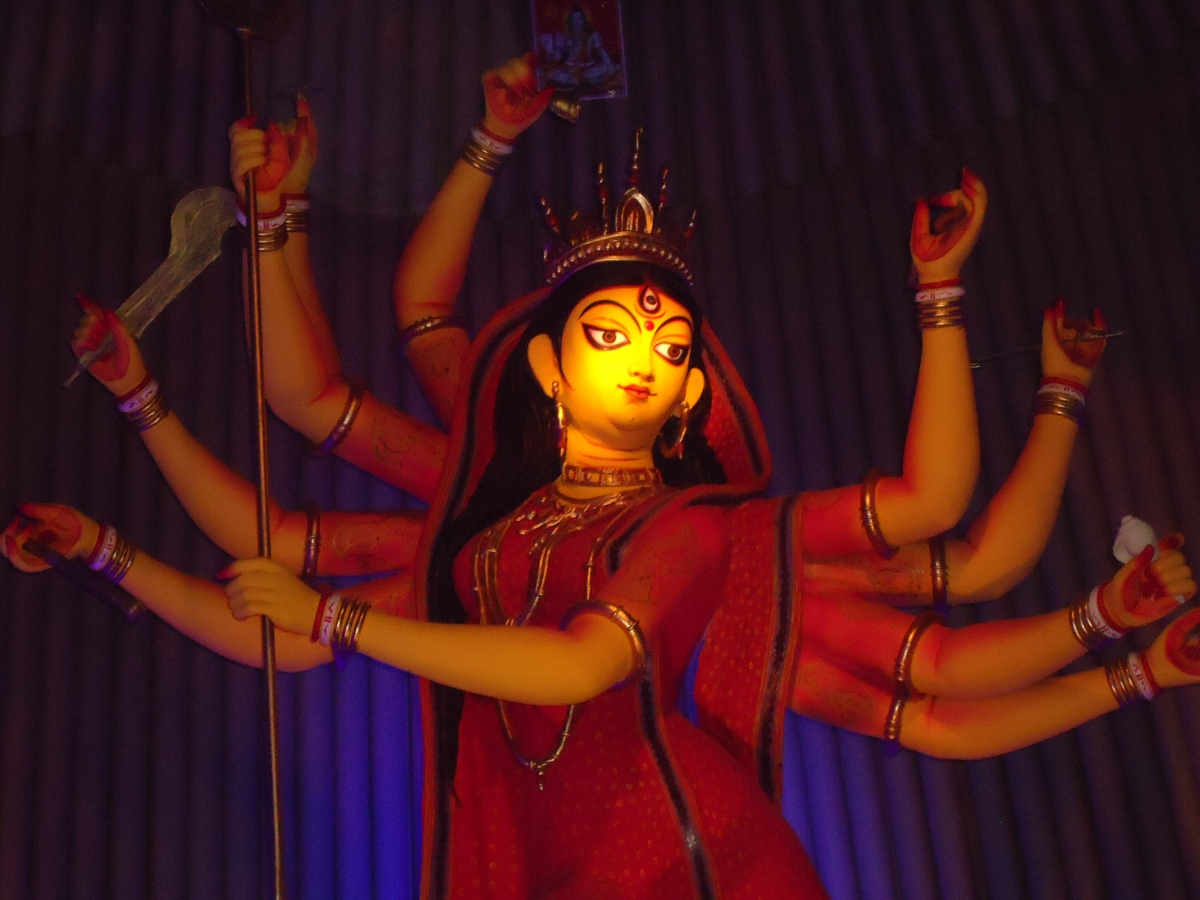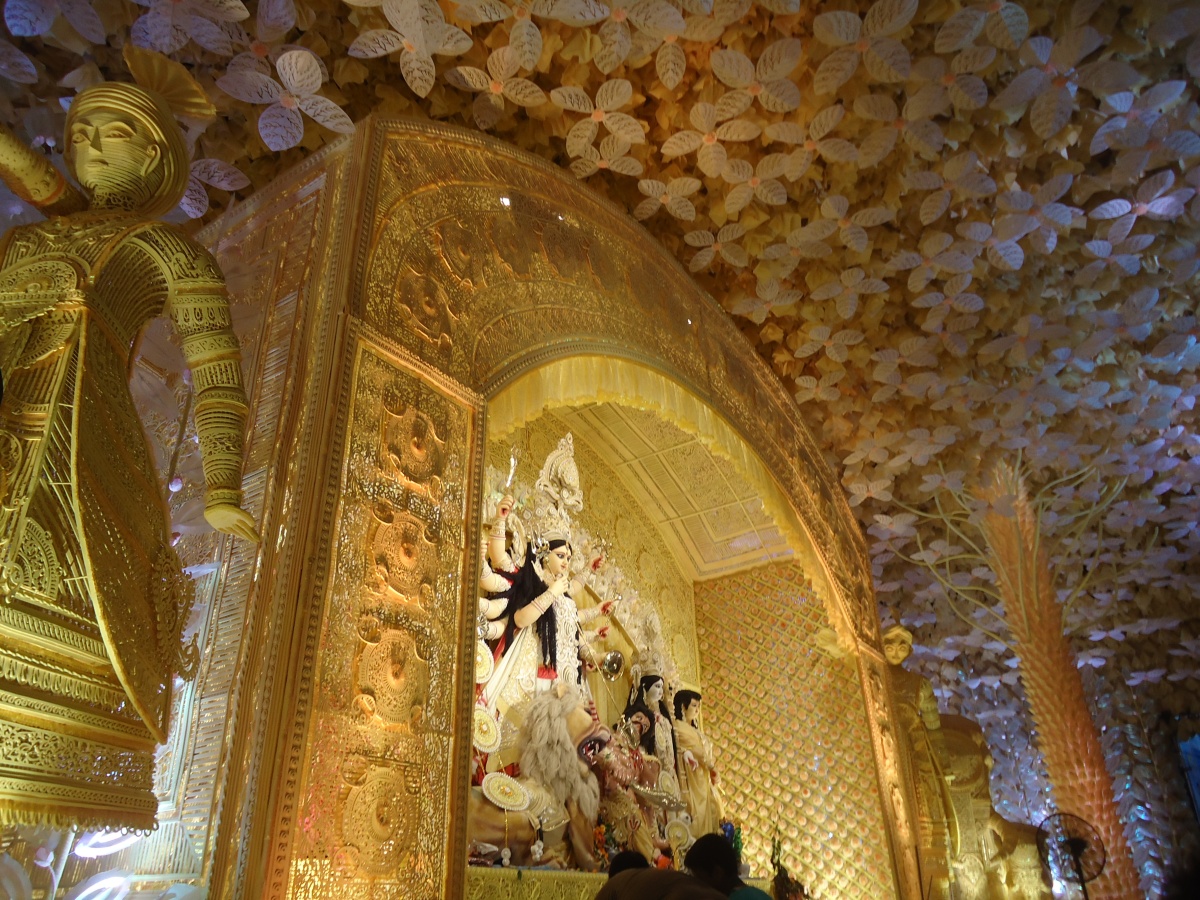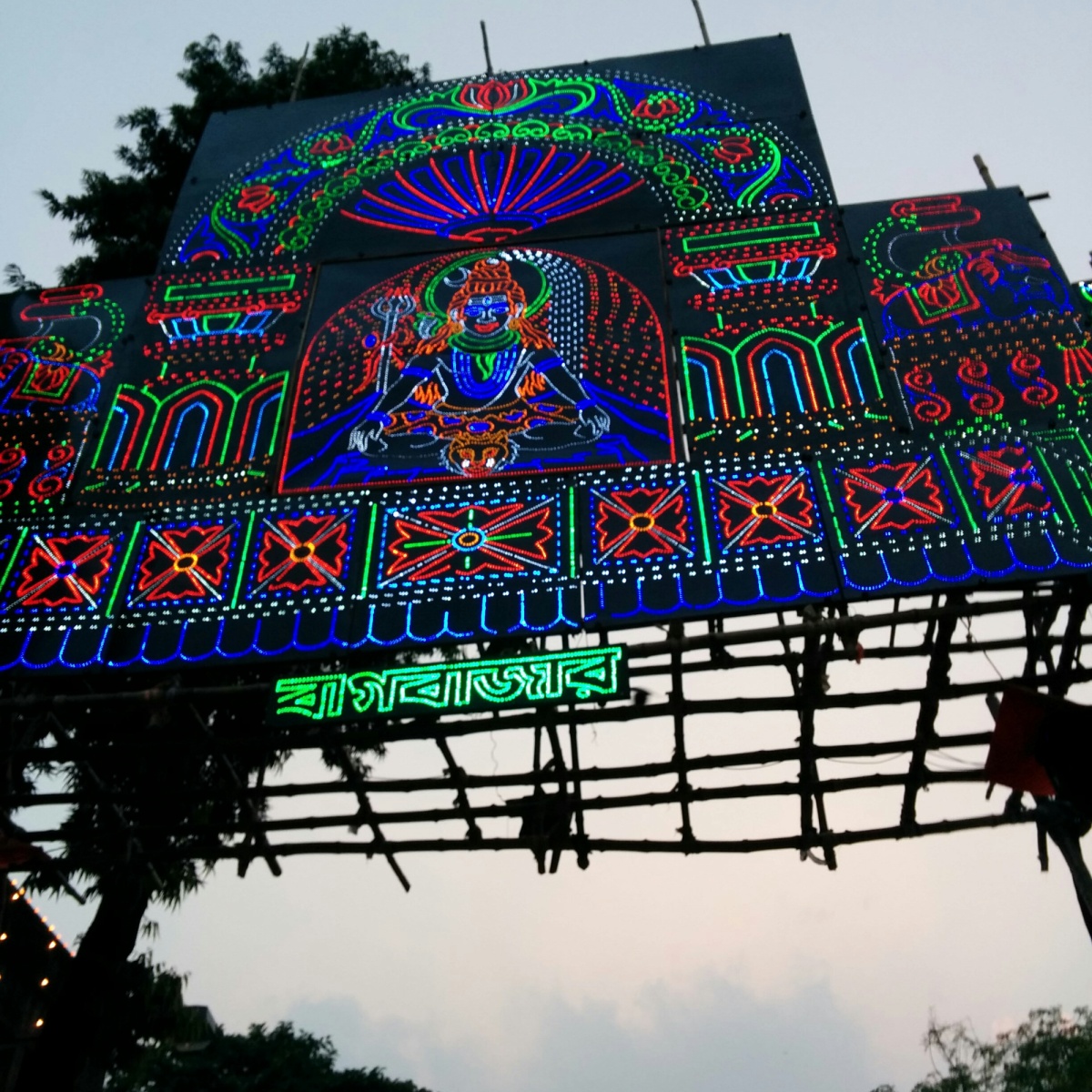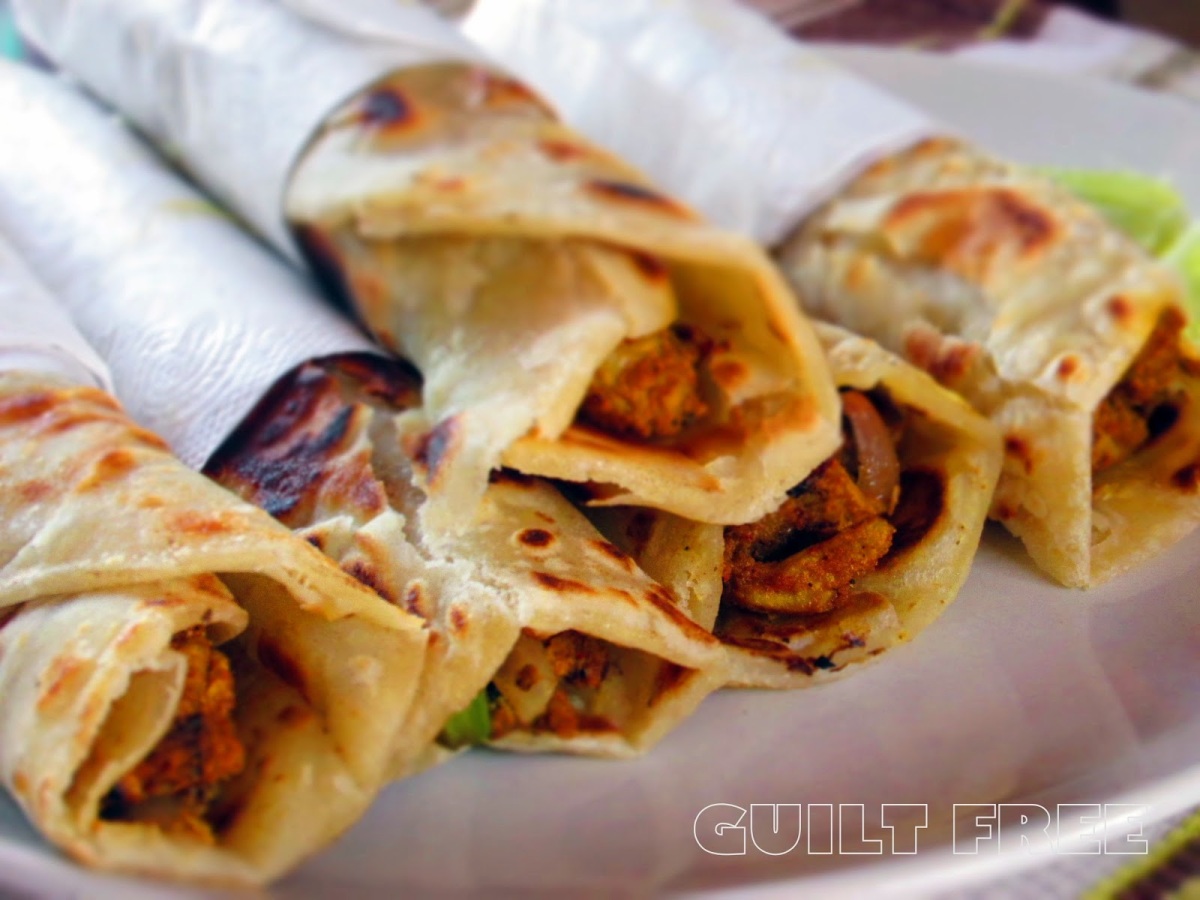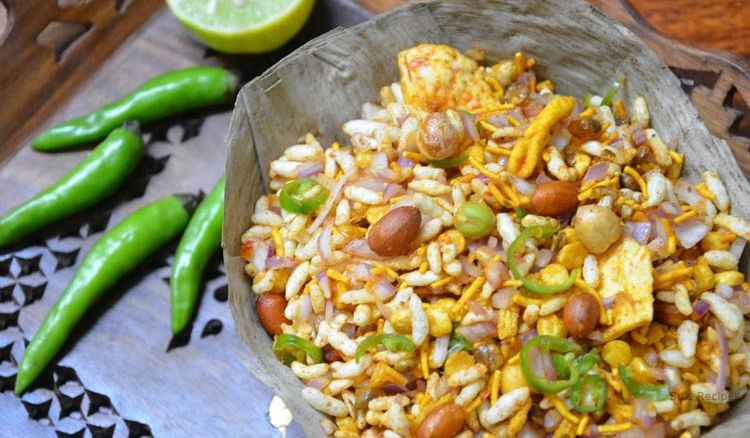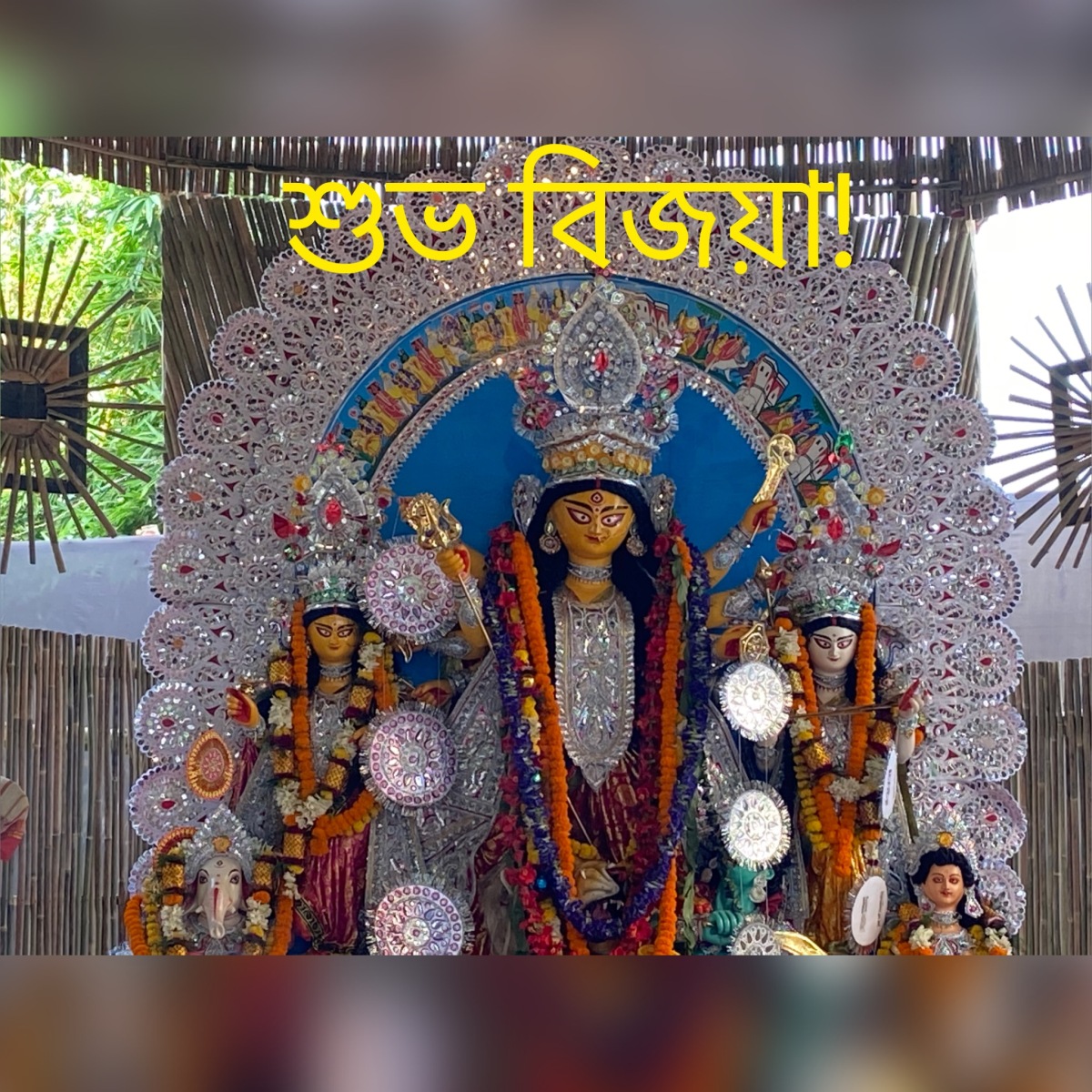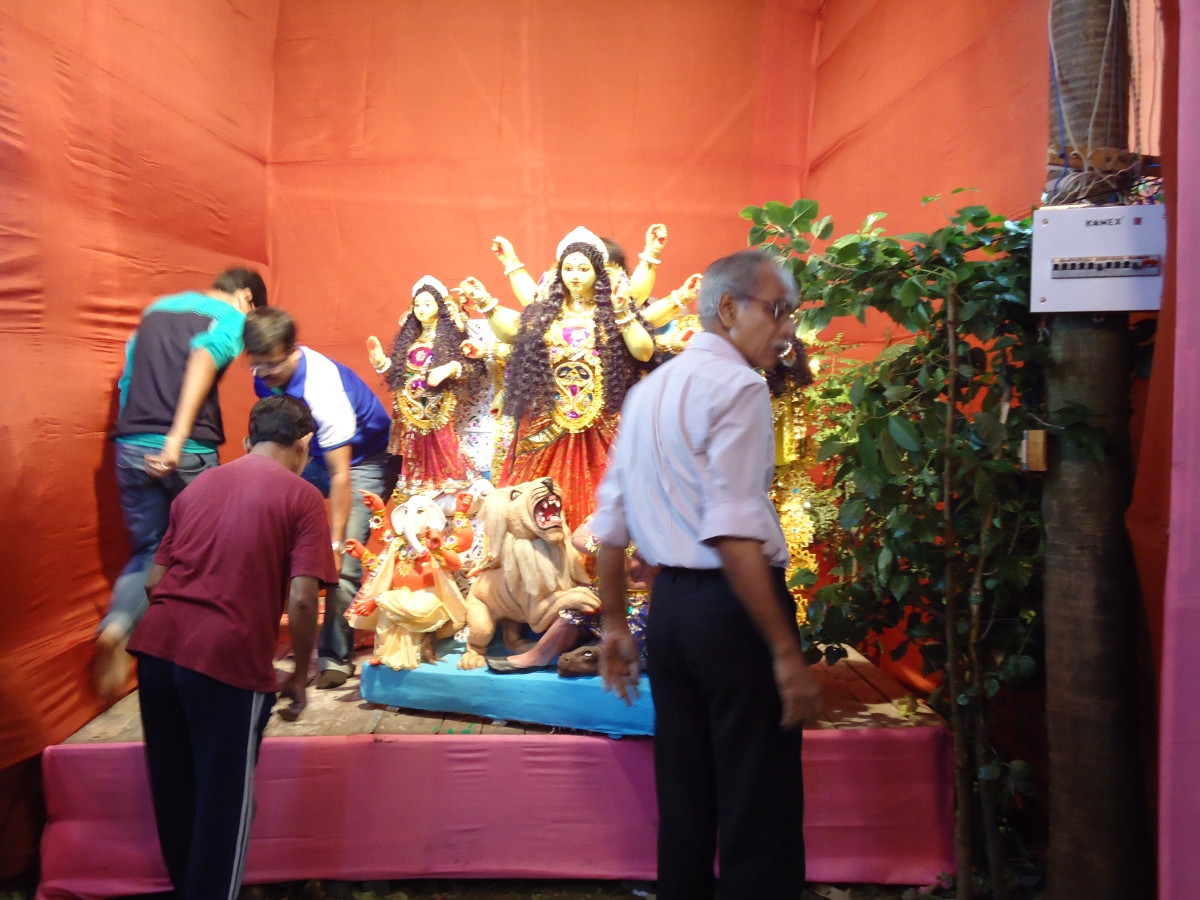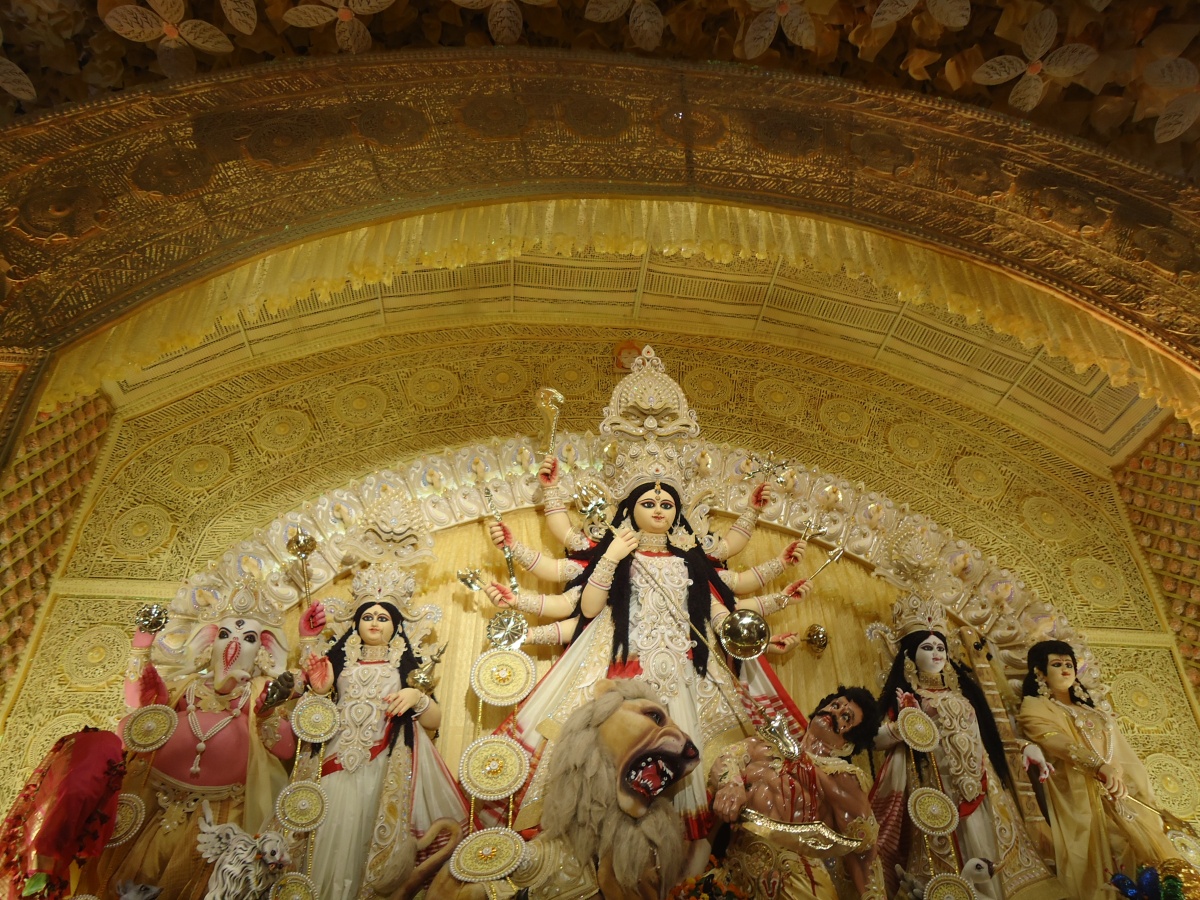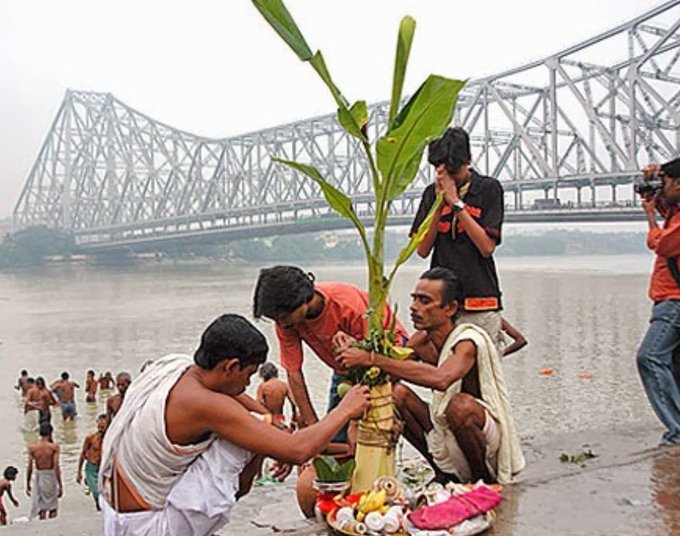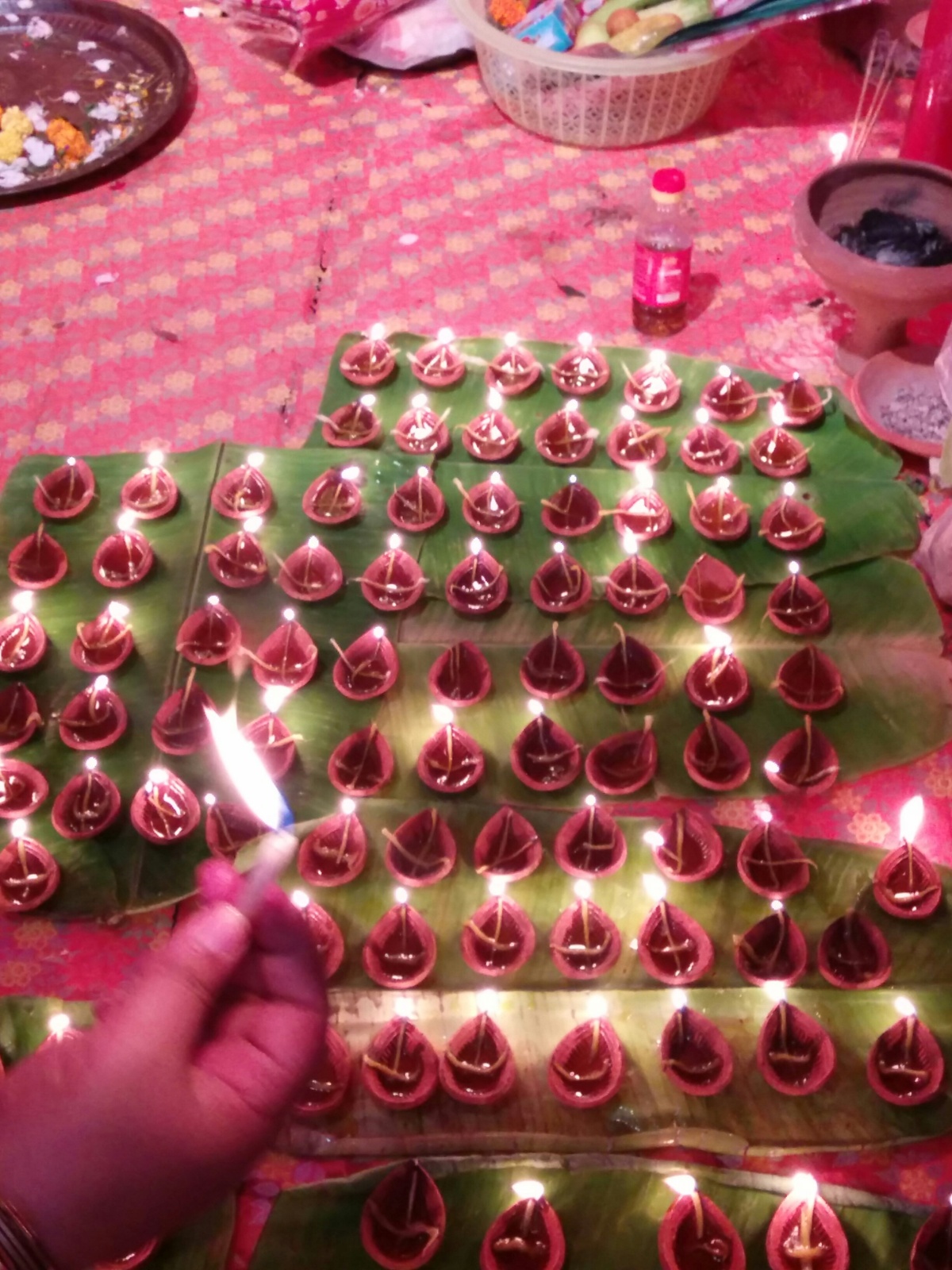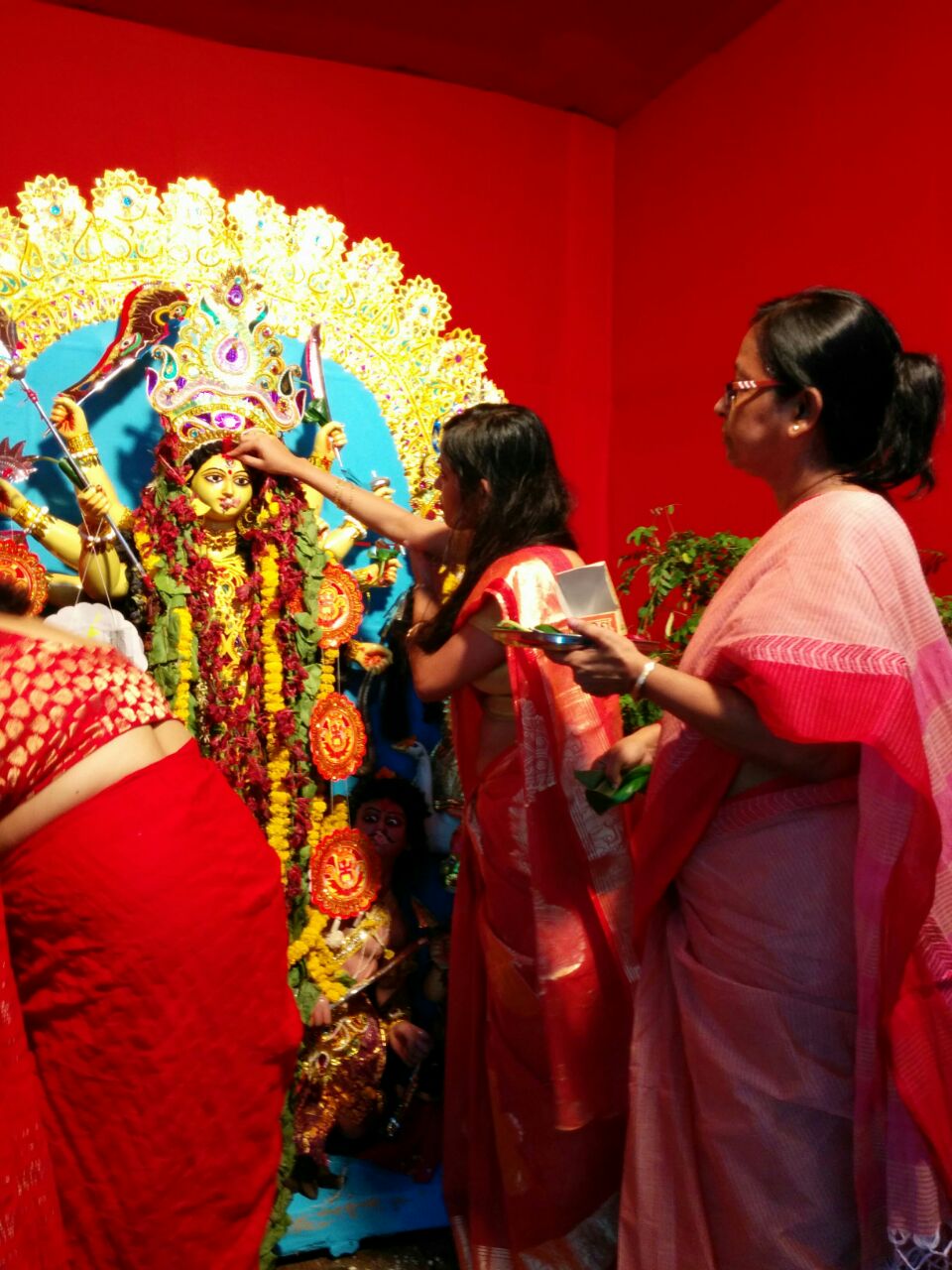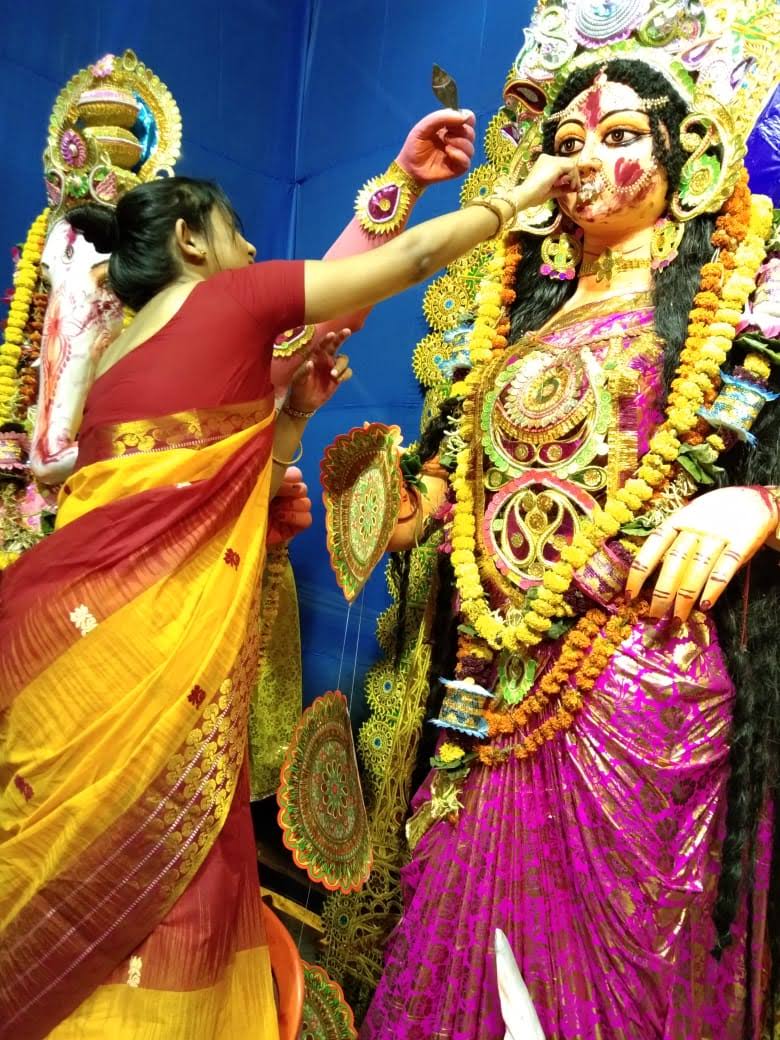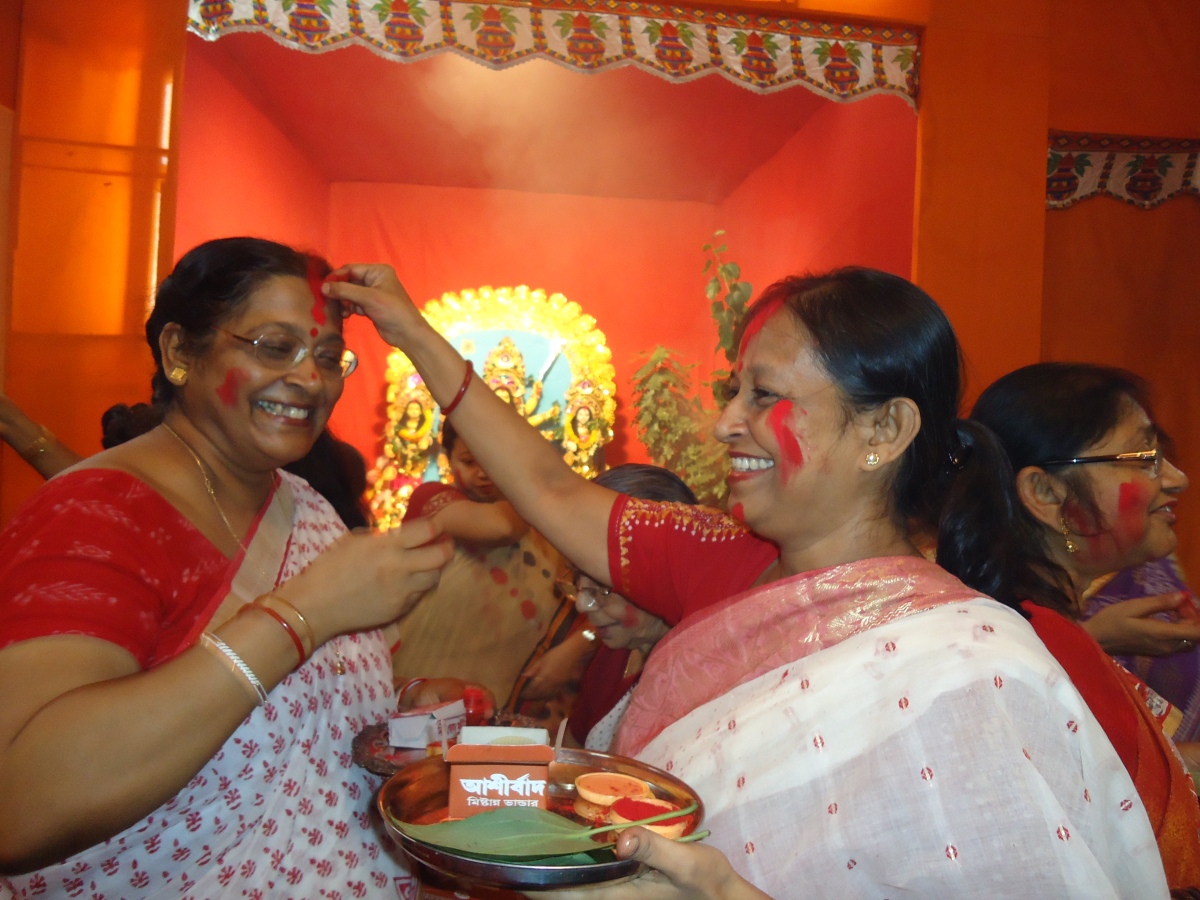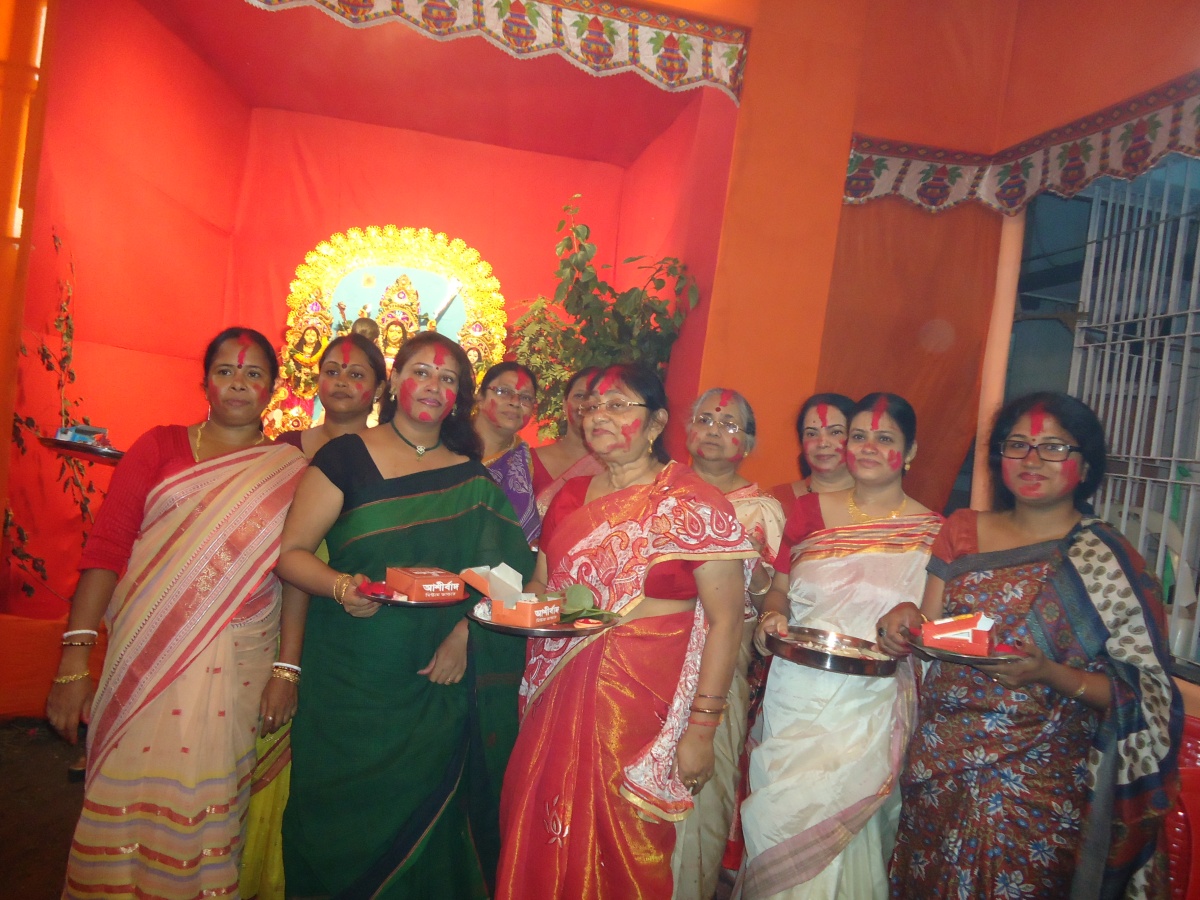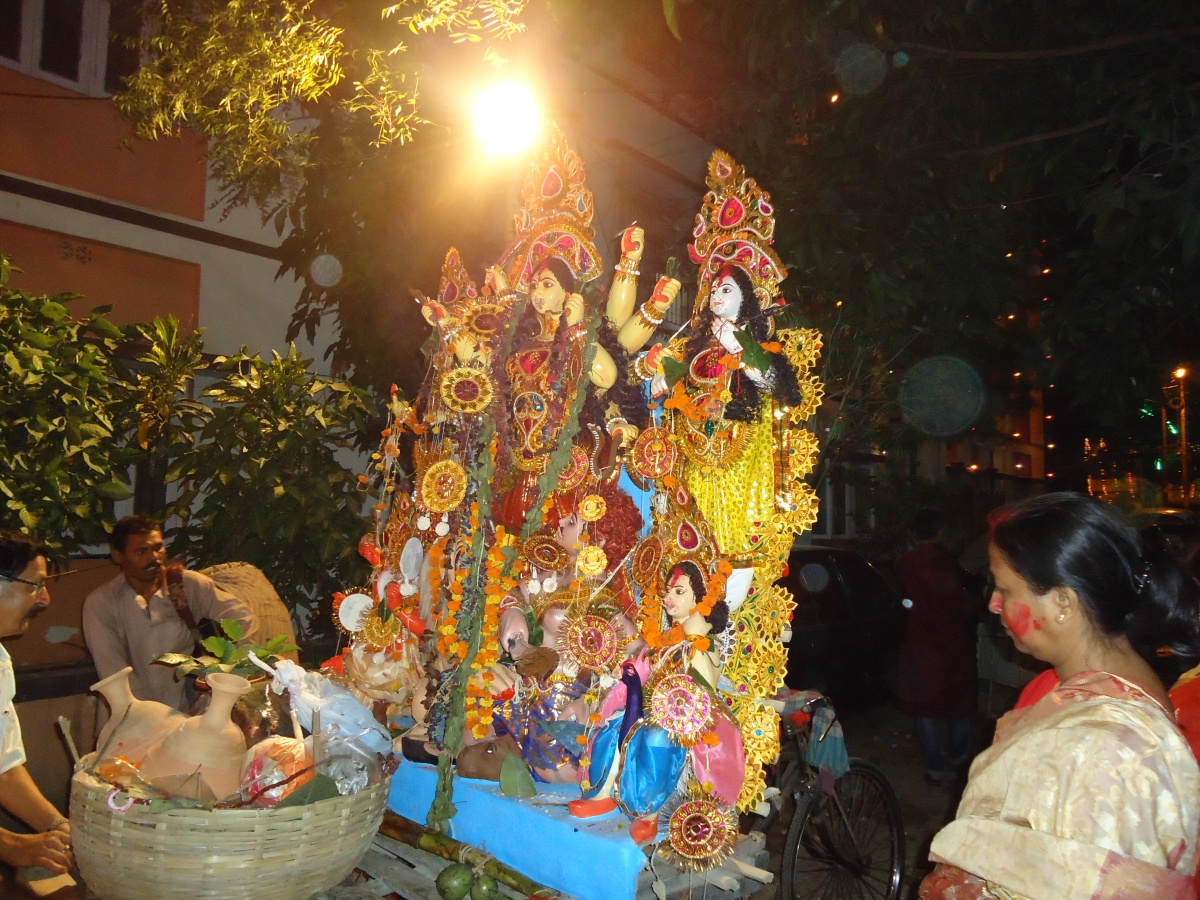Visiting the Alipore Zoo, Kolkata
A few days ago, my cousin shared photos of my 1 ½ year old niece’s outing to the Hyderabad Zoo (Nehru Park). This brought back pleasant memories of the numerous times in my childhood when our whole family used to visit the Alipore Zoo in Kolkata. Times and circumstances change, but memories and experiences such as these never fade. A trip to the zoo is a must-do for toddlers, pre-tweens and tweens.

Childhood Memories – Picnic!
As a child, every year, my parents and I, along with my entire extended family – uncles, aunts, cousins – used to visit the zoo either on the New Year or Christmas Day, without fail. Despite going there so many times we, my cousins & I, never got tired of the annual trip. In fact, we really looked forward to it.
We used to carry homecooked food, plates, cutlery, blankets, and playing items like badminton racquets, shuttle corks, flying discs – a veritable picnic! Waking up early, packing all the stuff, getting dressed – everything was part of the fun. On reaching, spreading out the blanket under a shady tree and unloading our goodies – it was all so exciting. Then came the best part – actually going around the zoo and watching the animals!
Alipore Zoological Garden - Then
The Alipore Zoological Garden or, as we called it, the Alipore Zoo was filled with animals of abundant species, animals of all shapes and sizes. There were tigers, lions, leopards, hyenas, jackals on the one hand, and hippos, rhinos, and elephants on the other. Then there were giraffes, deer, zebras, chimps along with birds and reptiles!
The tigers were within an open enclosure with a cave to go into. We used to wait for them to come out and roam so we could catch a glimpse. The hippos too were in their own water enclosure where they had a gala time splashing around – or so it seemed to me at that age. The elephants were chained in an open space unfortunately, but we used to watch them being bathed and fed by their mahouts.
I used to love the special reptile house – it seemed to be dark and mysterious to me. Various species of crocodiles, snakes etc. were housed there. This is ironic because I’m deadly afraid of reptiles now.
There were oodles of park space with huge trees to provide shade as well as open space to play stuff like badminton etc. It was a nurturing environment.
The Zoo & Animals - Today
Today, the zoo has been revamped and smartened up. What some used to consider crusty old enclosure, park space, buildings etc. have been upgraded. There’s a lake and a restaurant. Many new species of animals have been brought in; there is now an aquarium, an aviary, better and more enclosures to create natural habitats for the animals. The basic structure of the zoo has remained the same but it’s an upgraded experience now which I’m sure children will love.
Inaugurated in 1875, the zoo today covers 46.5 acres of land and is home to over 1200 animals spread over 108 species. It draws 3 million visitors annually. (Source: Wikipedia)
Source of images: Alipore Zoo official website







Conservation of Animals
The Zoo has undertaken various programs for the conservation of animals and for their general well-being and maintenance. 5 ways in which the Alipore Zoological Garden is helping in maintaining the animal ecosystem:
- Animal Adoption – Individuals or institutions can “adopt” certain animals. The money paid for the adoption goes towards care of the animals. This develops a love of animals among the people.
- Zoo Education – Various events are organized to create awareness among humans and to educate them on the need for preservation of nature’s beings.
- Research – There are research conducted on animal behavior to help understand them and thus take care of them in a better manner.
- Conservation Breeding – This is done to conserve a particular breed or species and to prevent them from dying out.
- Rescue & Rehabilitation – To take in injured animals and help set up a home for them to recuperate.
What We Can Do
In our turn, we can take some steps to help the environment:
- Keep the zoo gardens and park clean – Pick up rubbish after you have had your picnic and throw them in designated bins.
- Do not disturb the animals – Let us not play loud music, tease & catcall at them or try to feed them. Let them be in their home in peace.
- Let’s not use plastic – Help preserve the environment that is home to these animals by being environment friendly.
I am doing my bit by raising awareness through this post via Blogchatter’s Cause A Chatter campaign.
Fun & Learning for Kids
Not only is a visit to the zoo a fun outing for kids, it is also a learning experience – to educate them on various living beings, recognizing different animals and to be aware of the environment. I think it is a must visit for every child.
Details To Know For A Visit
- Timings: The Zoo is open on all days except Thursdays. During the Xmas holidays, it is open on all days. Operating hours are 9 AM – 5 PM.
- Ticket Prices: Rs. 5 for kids upto 5 years and Rs. 30 for others.
- Location: 2 No. Alipore Road, Kolkata 700 027, West Bengal, India
- Do’s & Don’ts: Check them here.
If you like this, please Share:
Visiting the Alipore Zoo, Kolkata Read More »





